The 1.5 million Union and 600,000 Confederate veterans were the prominent members of the post-war society. They dominated political offices, served as governors, senators, and congressmen, while countless others served in state and local offices. They also served as members of veterans’ organizations and as participants in Memorial Day commemorations and July Fourth celebrations. Although many veterans lived happy and peaceful life, while the majority of them suffered post-traumatic stress, insomnia, paranoia, and physical disabilities. Some found it more difficult to readjust to civilian life.
Federal pensions were awarded to Union veterans and they received monthly pensions varied from a few dollars a month to as much as $25 or $30 depending on the extent of one’s disability. These pensions and monthly payments were a major burden upon the federal budget, because 30 percent of federal expenses were going to these welfare programs.
Several veterans’ associations were formed after the war to support the veterans. Some consisted of all the men living in a single town or county, while others were formed by survivors of specific armies, corps, regiments. Two organizations, the Grand Army of the Republic (GAR) and The United Confederate Veterans (UCV) dominated. A number of “soldiers’ newspapers” were also published to support the activities such as ‘the American Tribune’, ‘National Tribune’, and Ohio Soldier. Memorial Day parades and speeches made it easy for Americans to think of Civil War veterans as distinguished old men with gray beards, elegant bearings, and bittersweet memories of lost comrades.
Here below are some historic photos that show the life of American Civil War veterans.


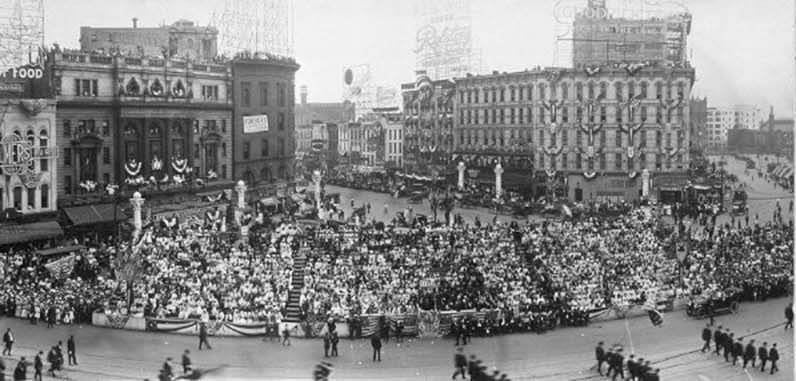
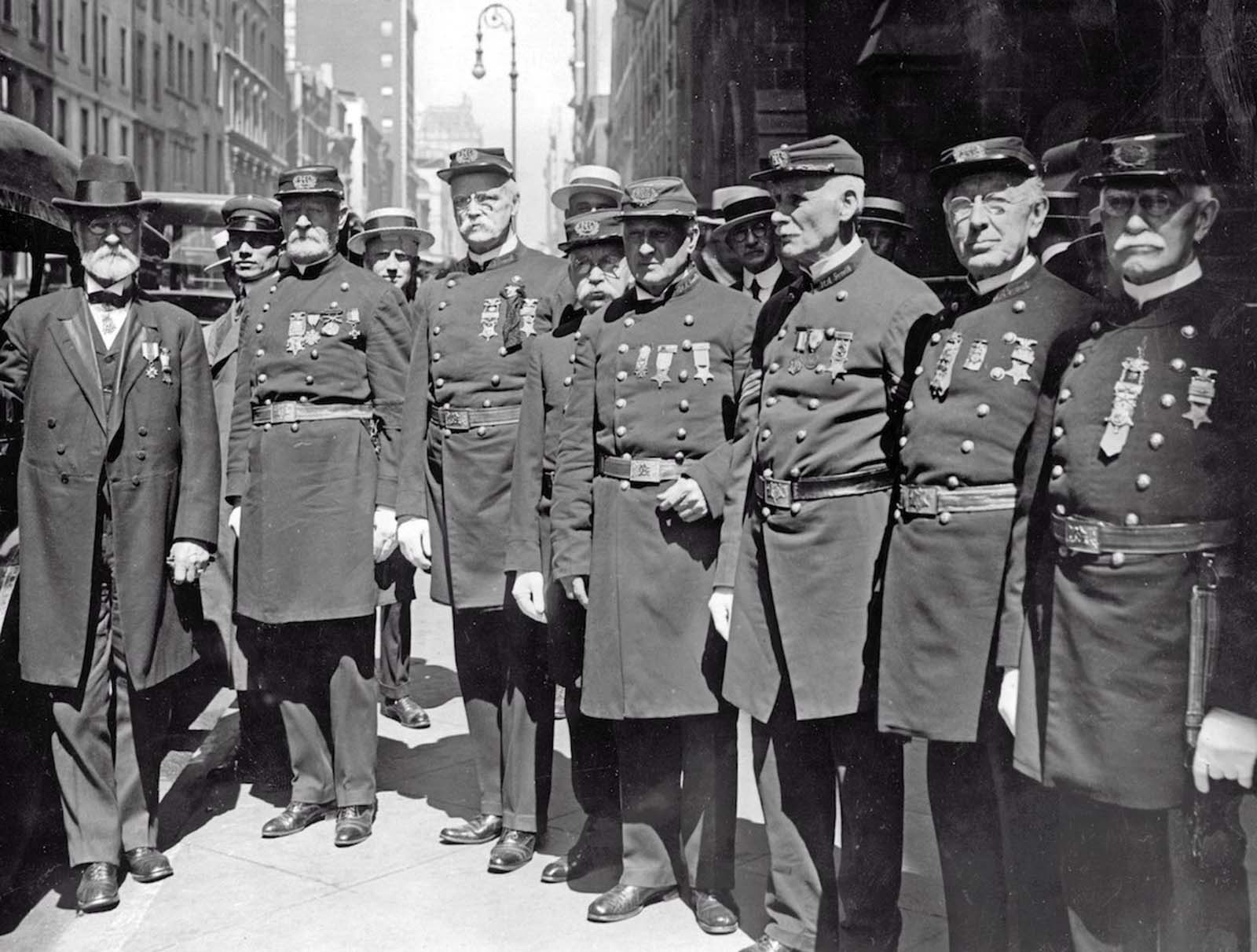
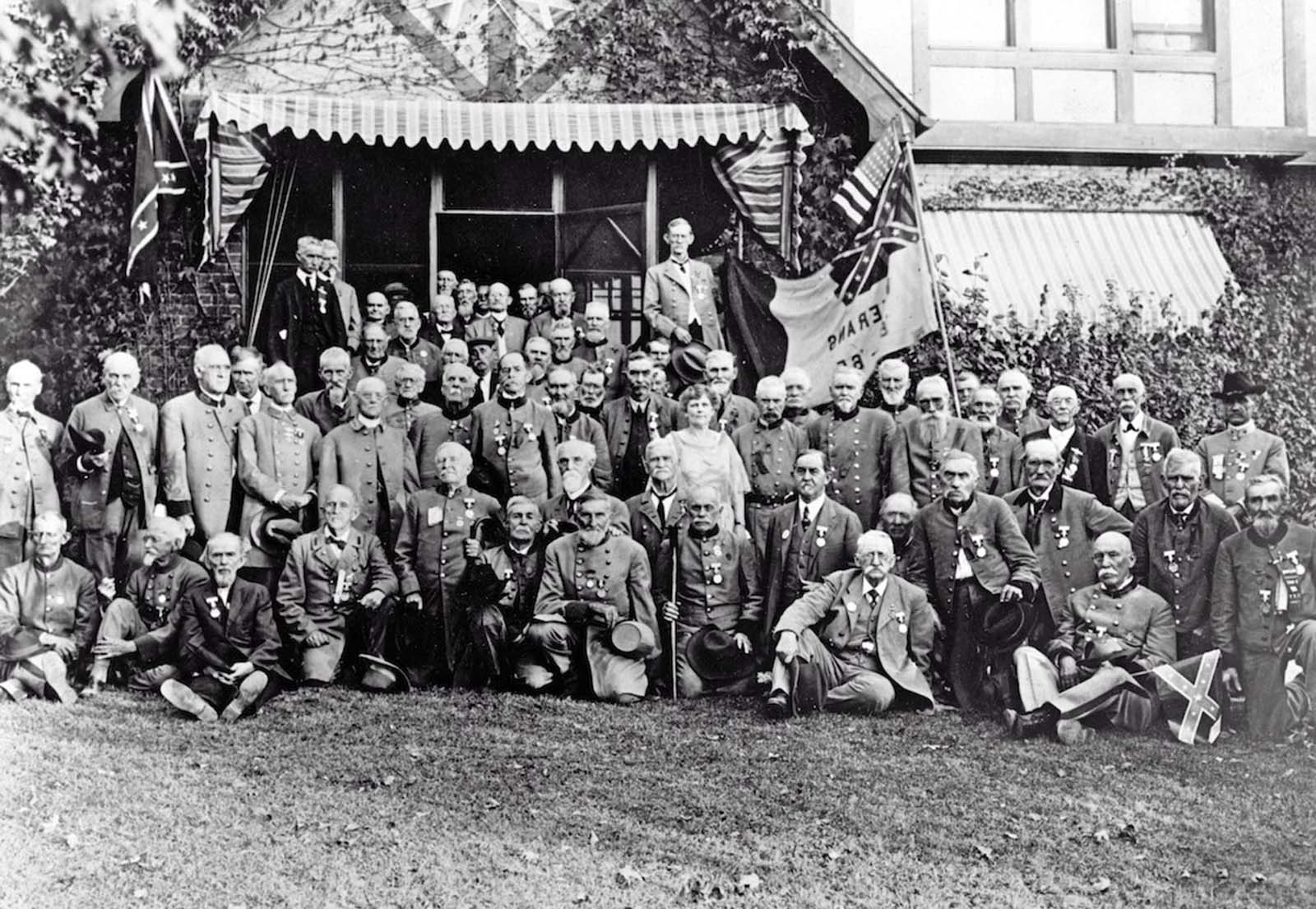
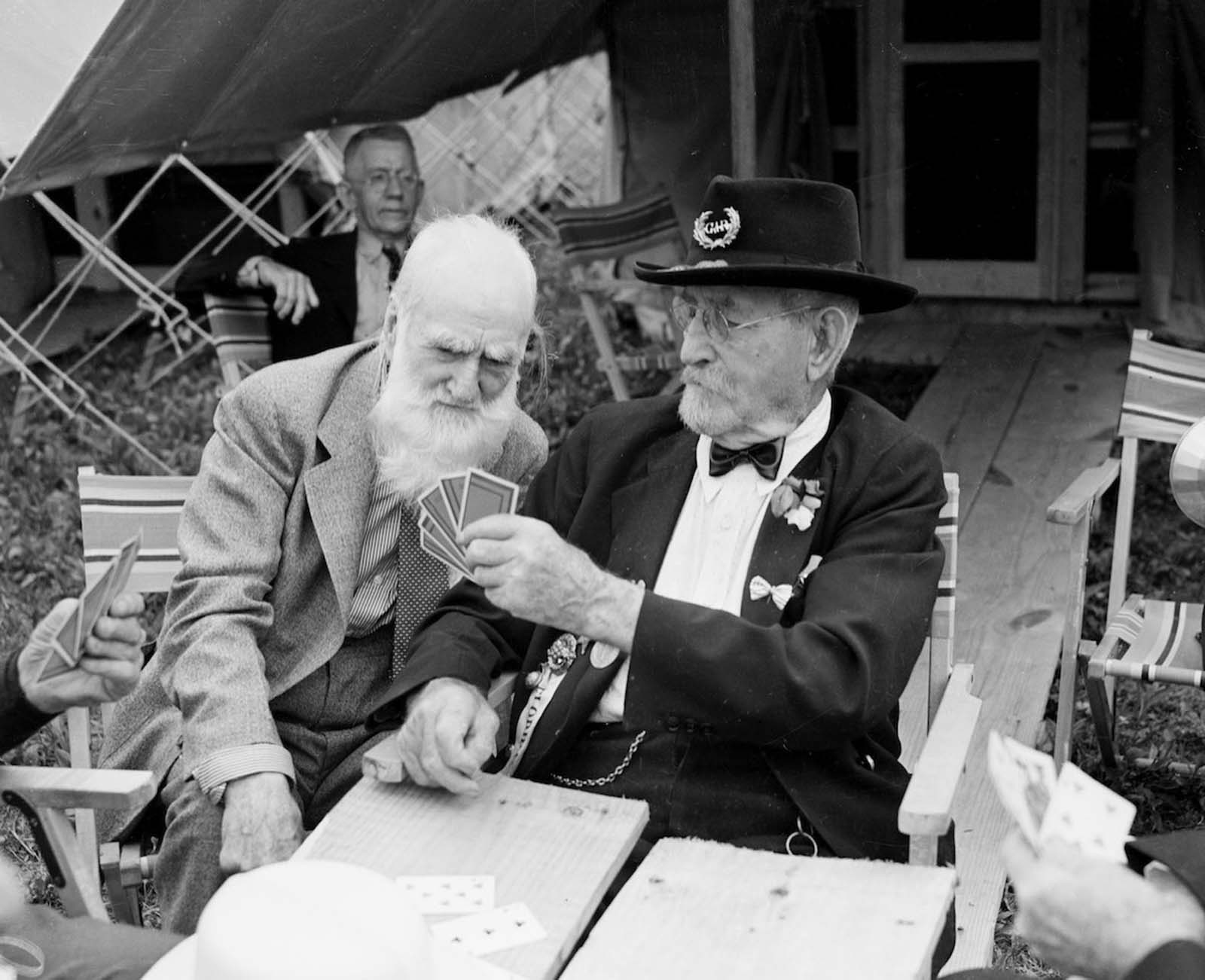
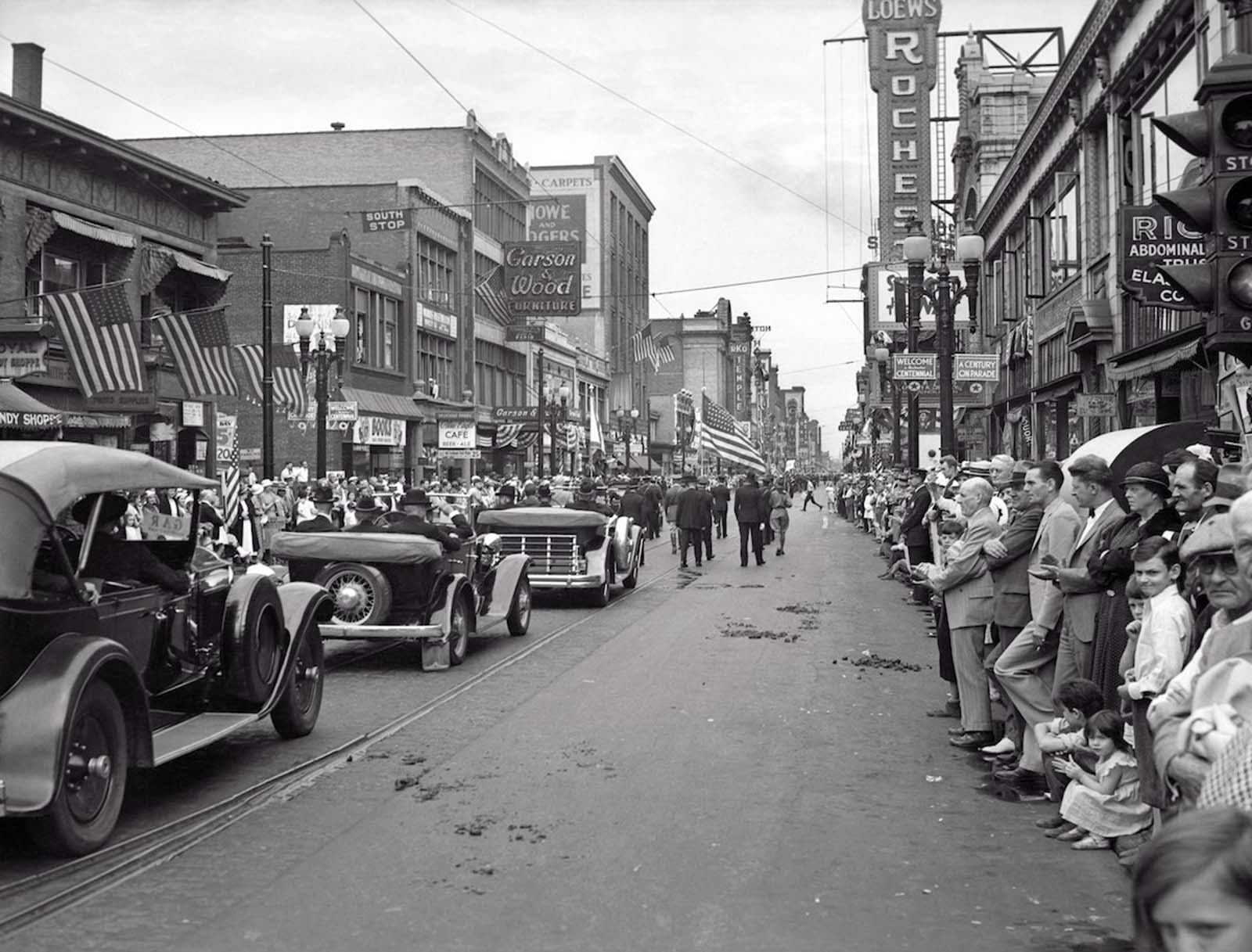
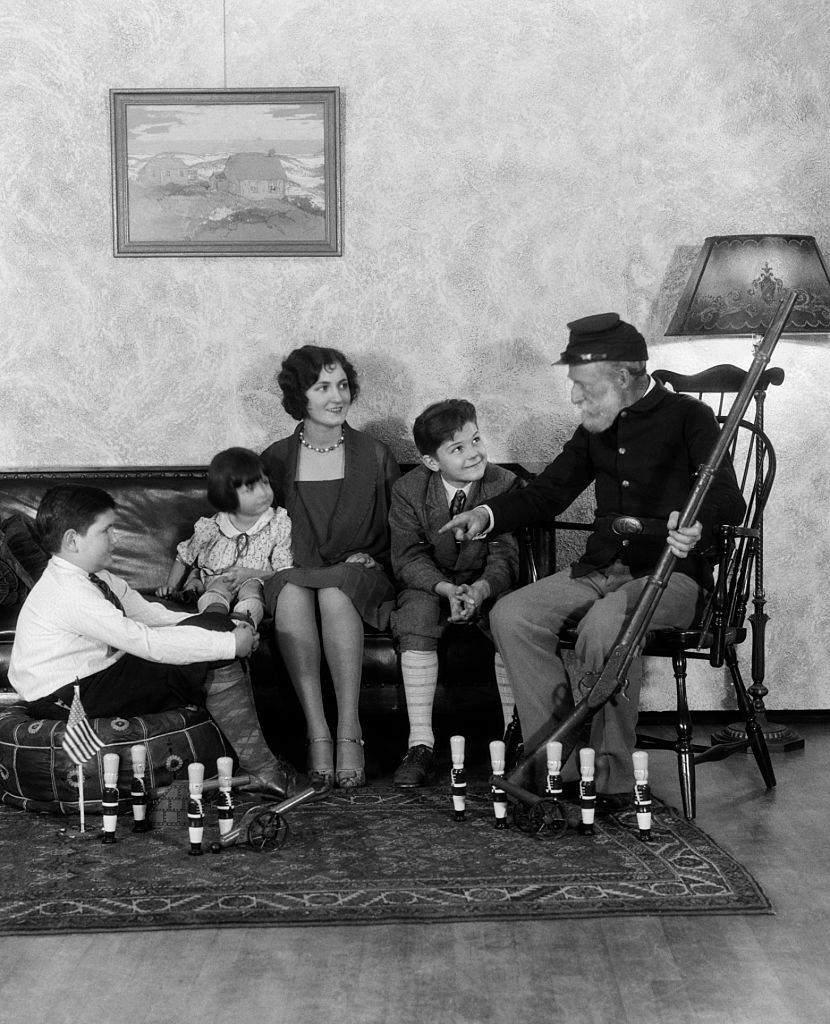
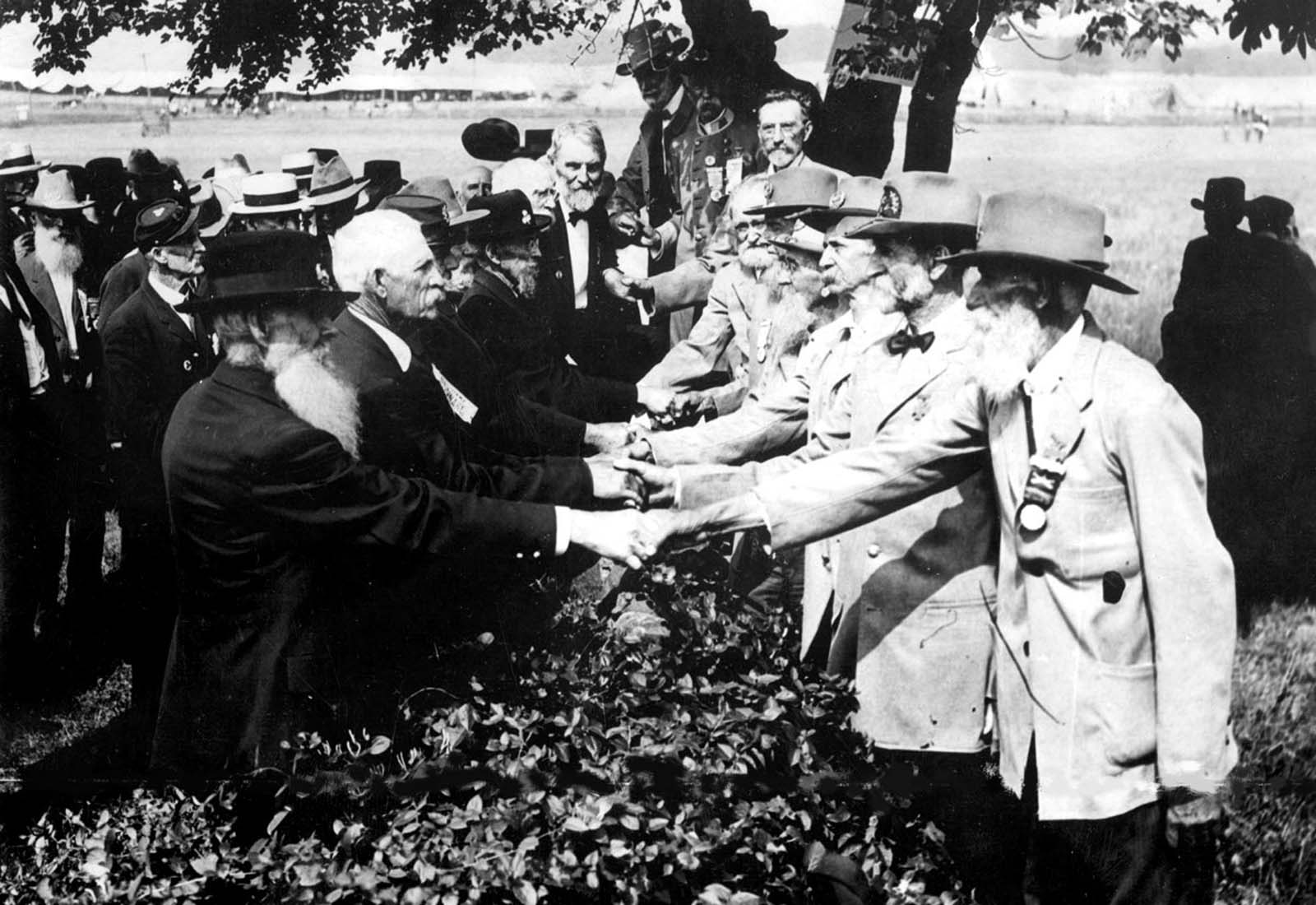
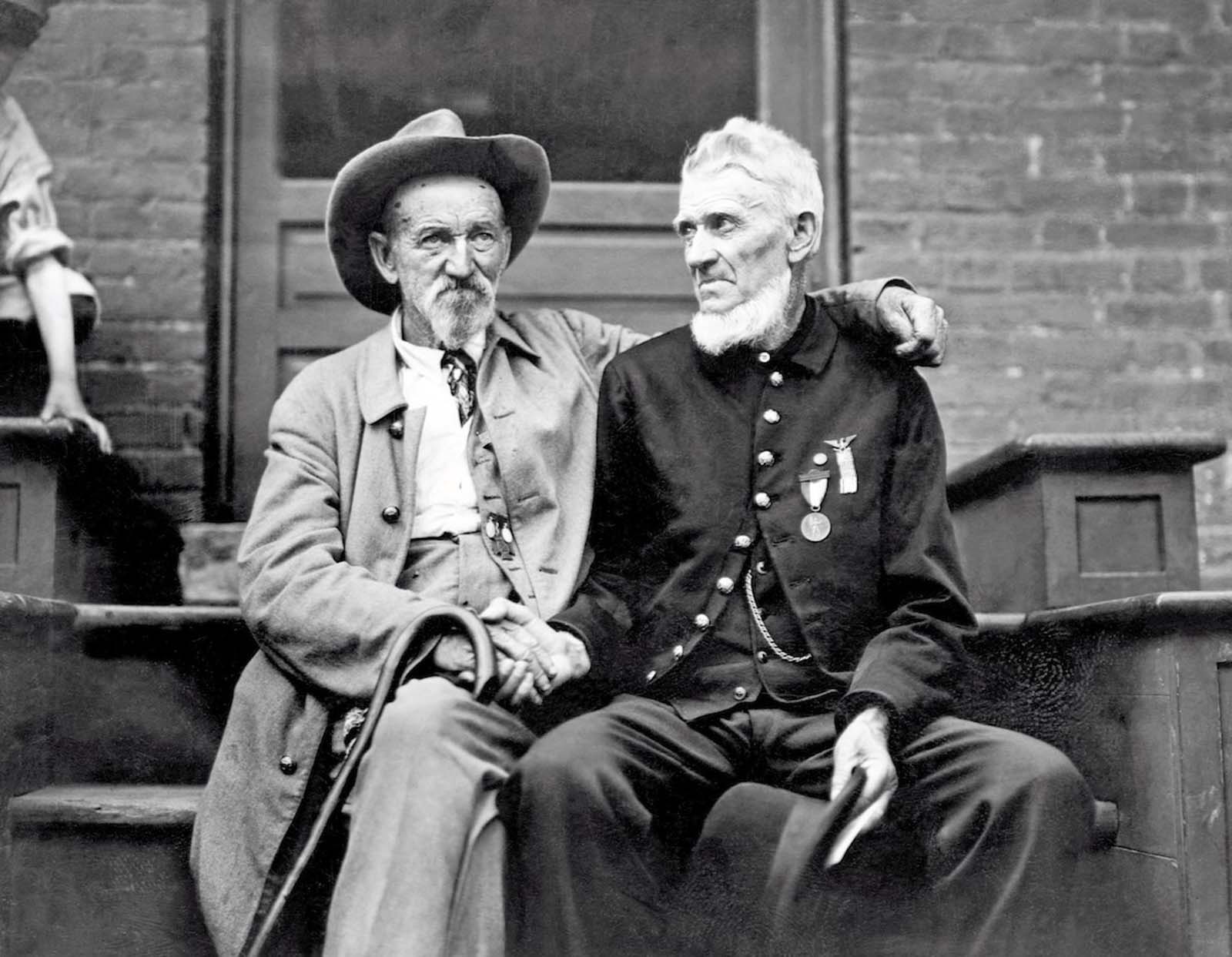
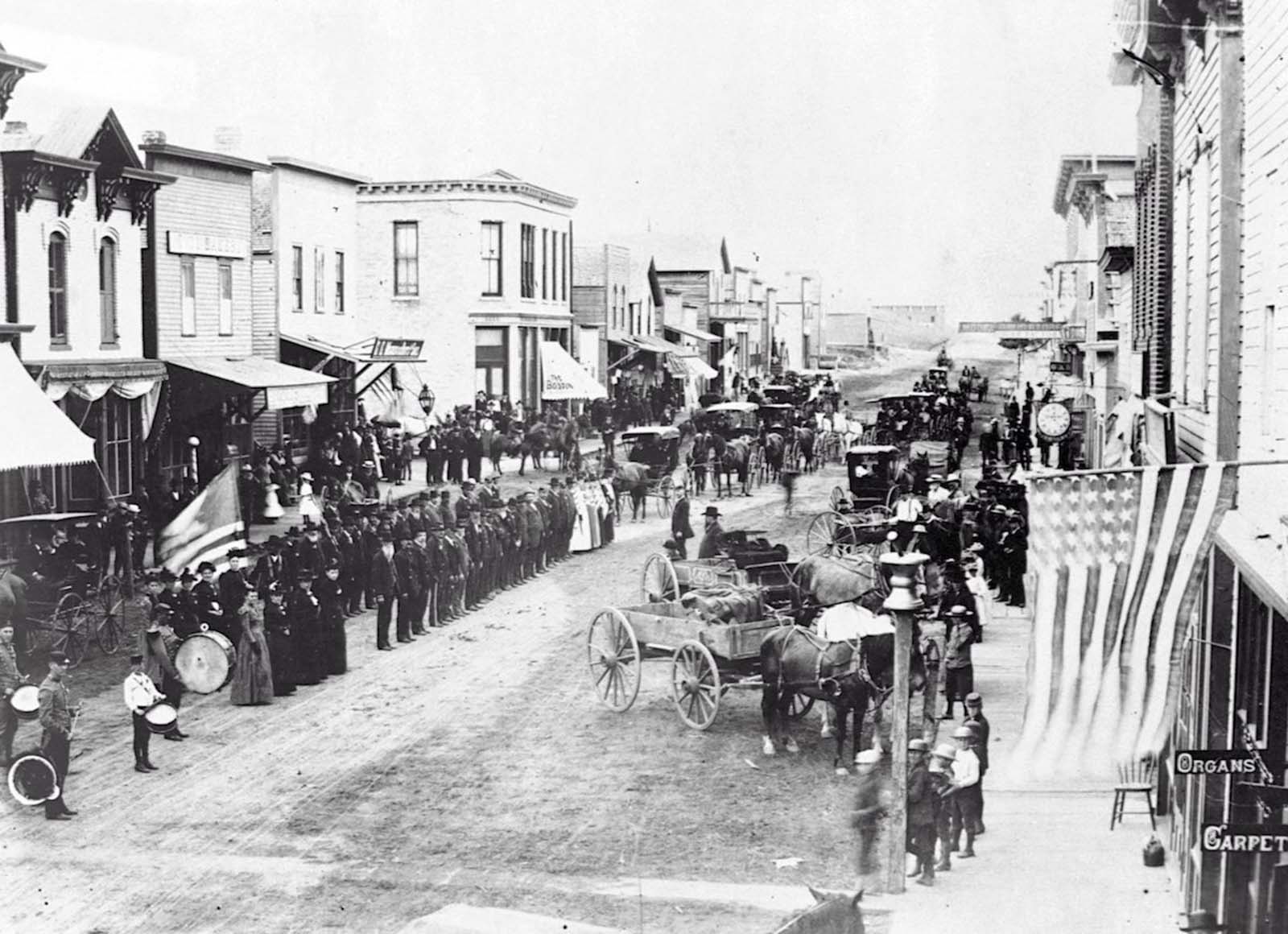
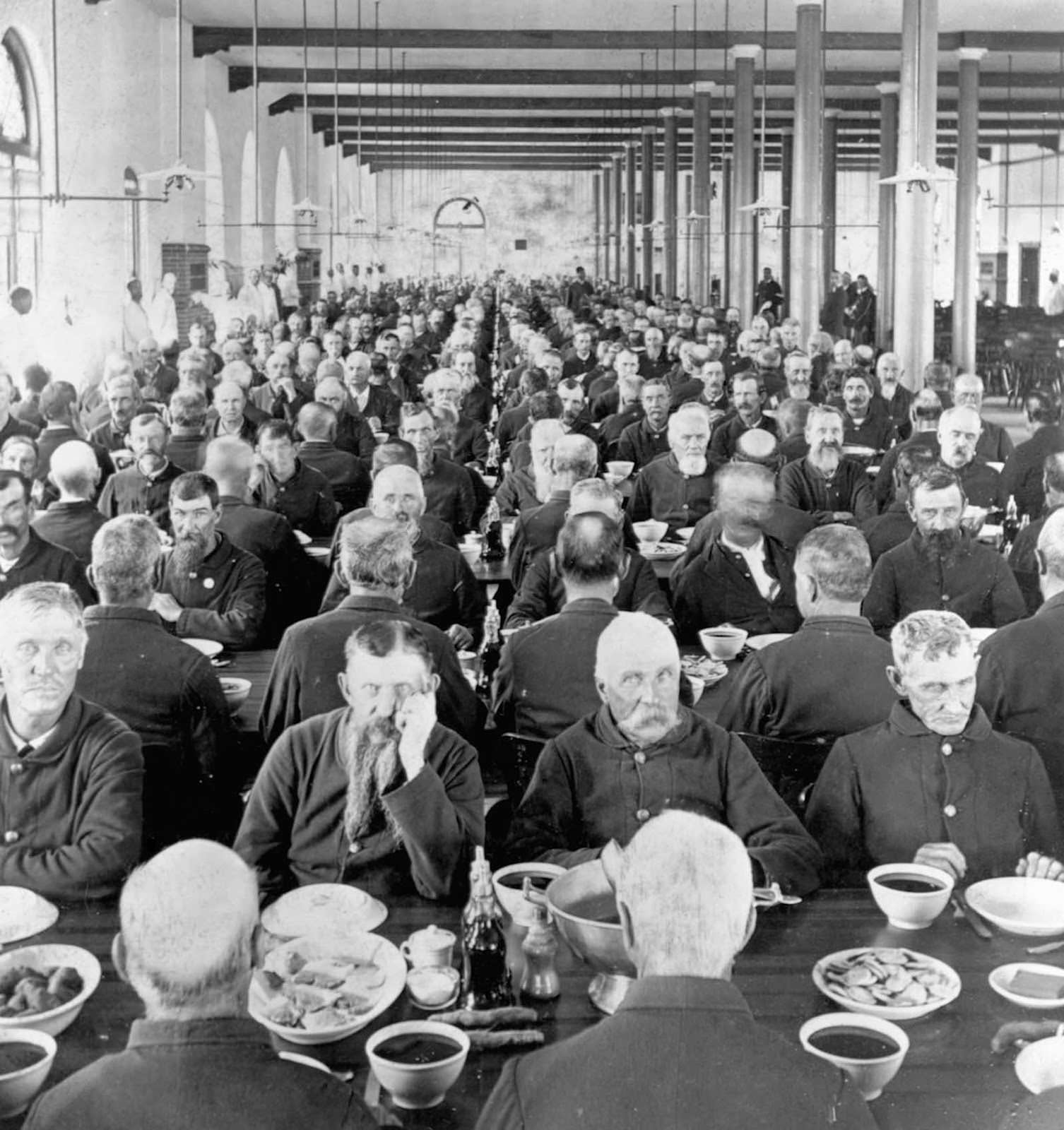
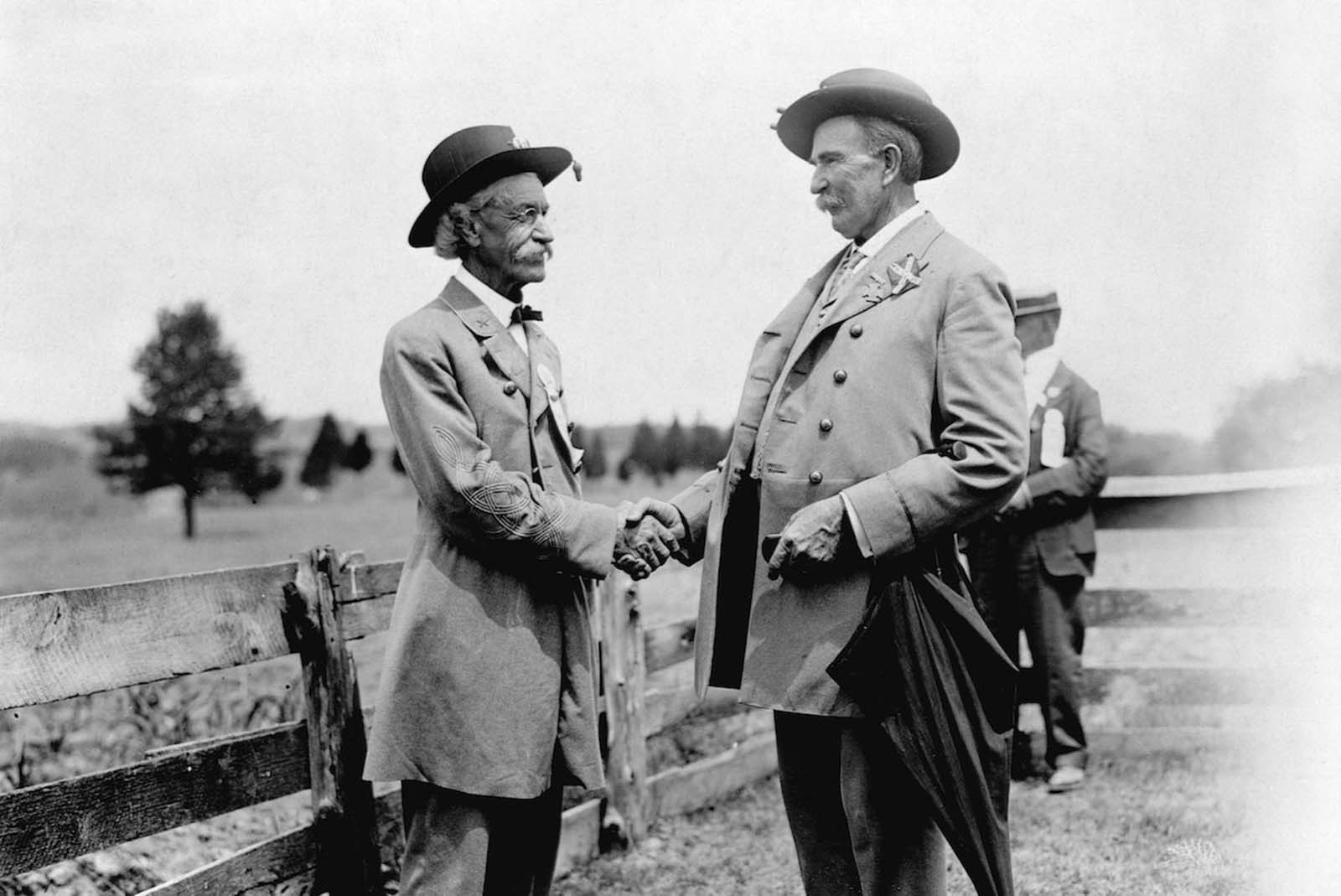
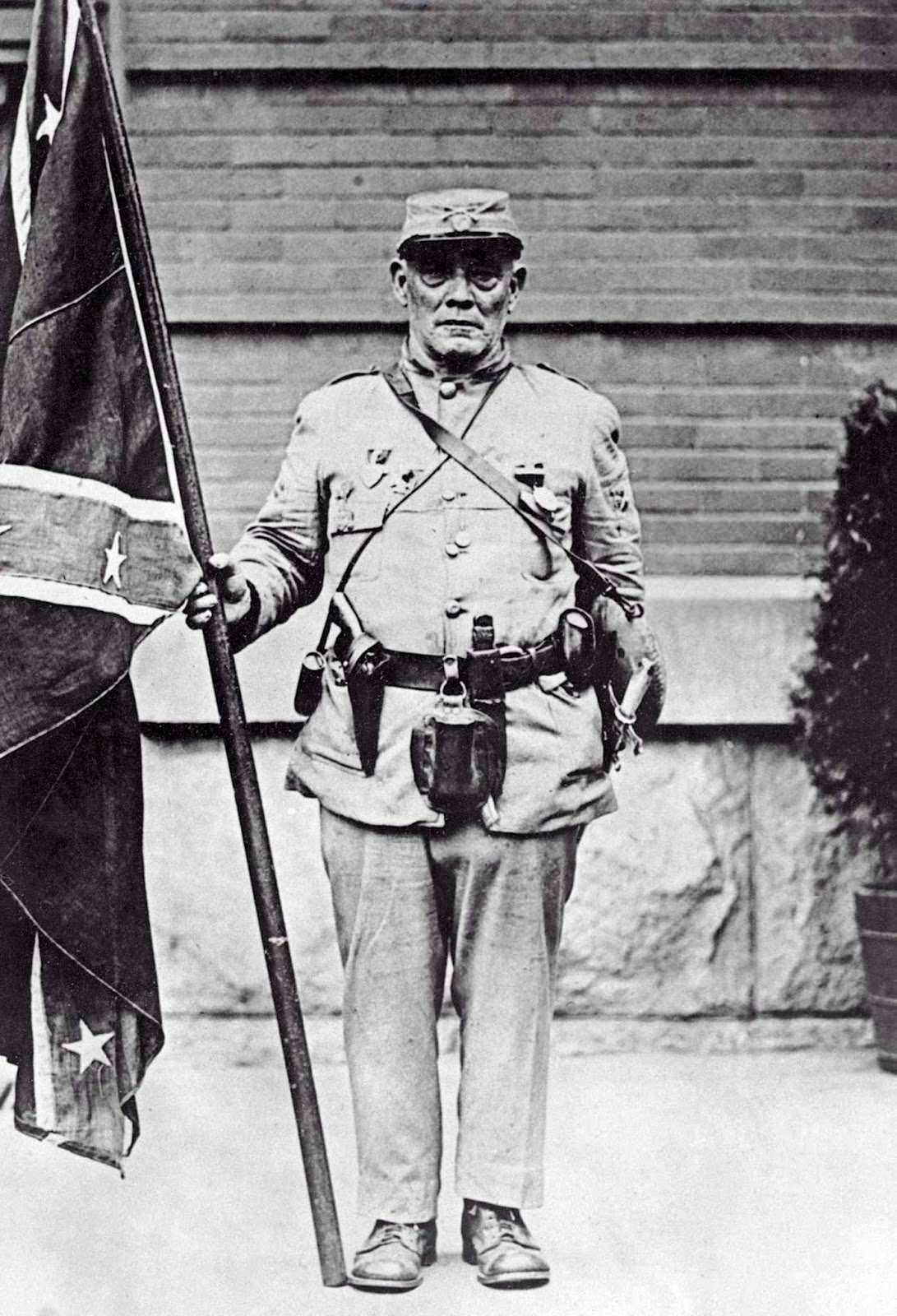
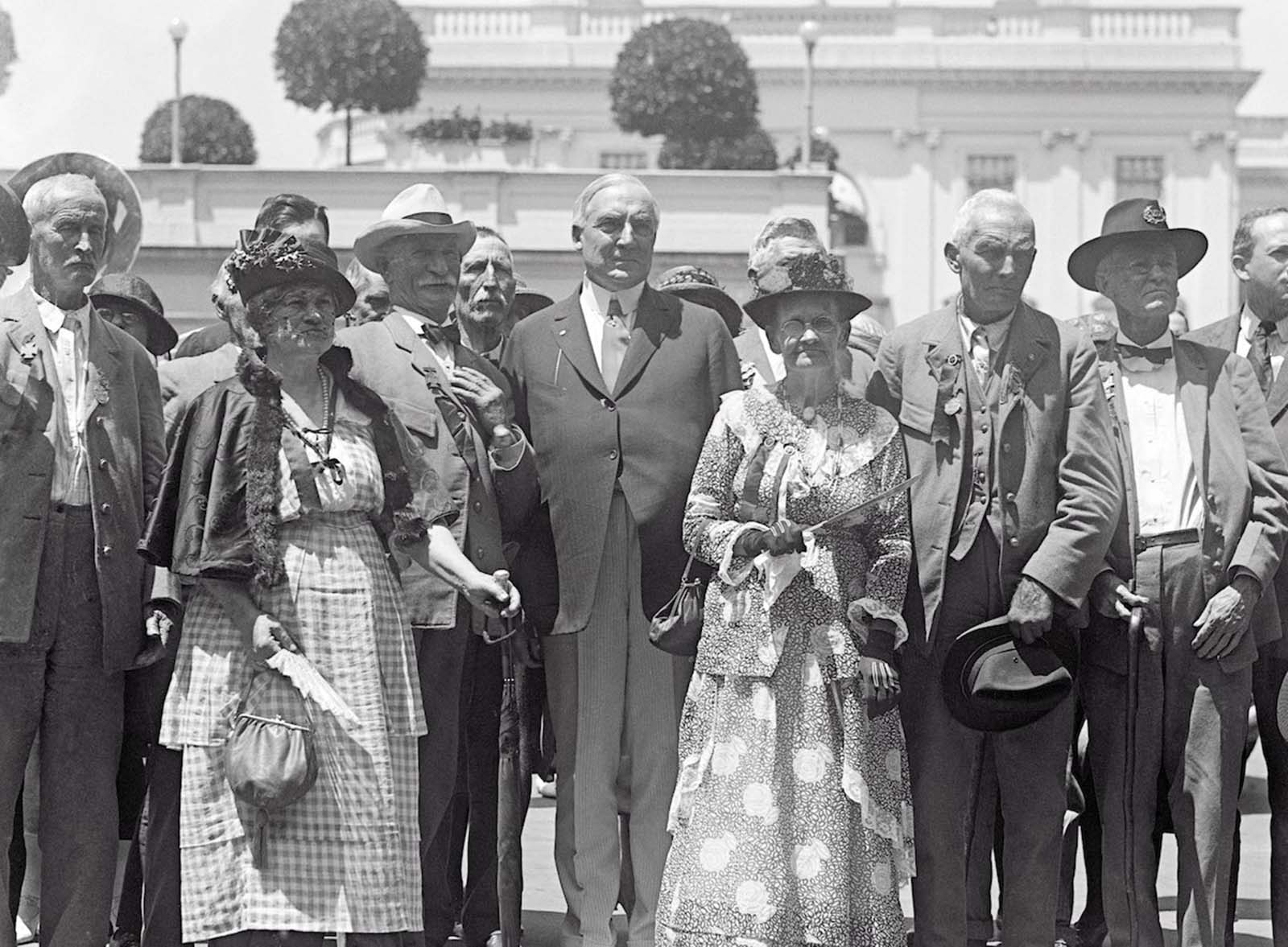
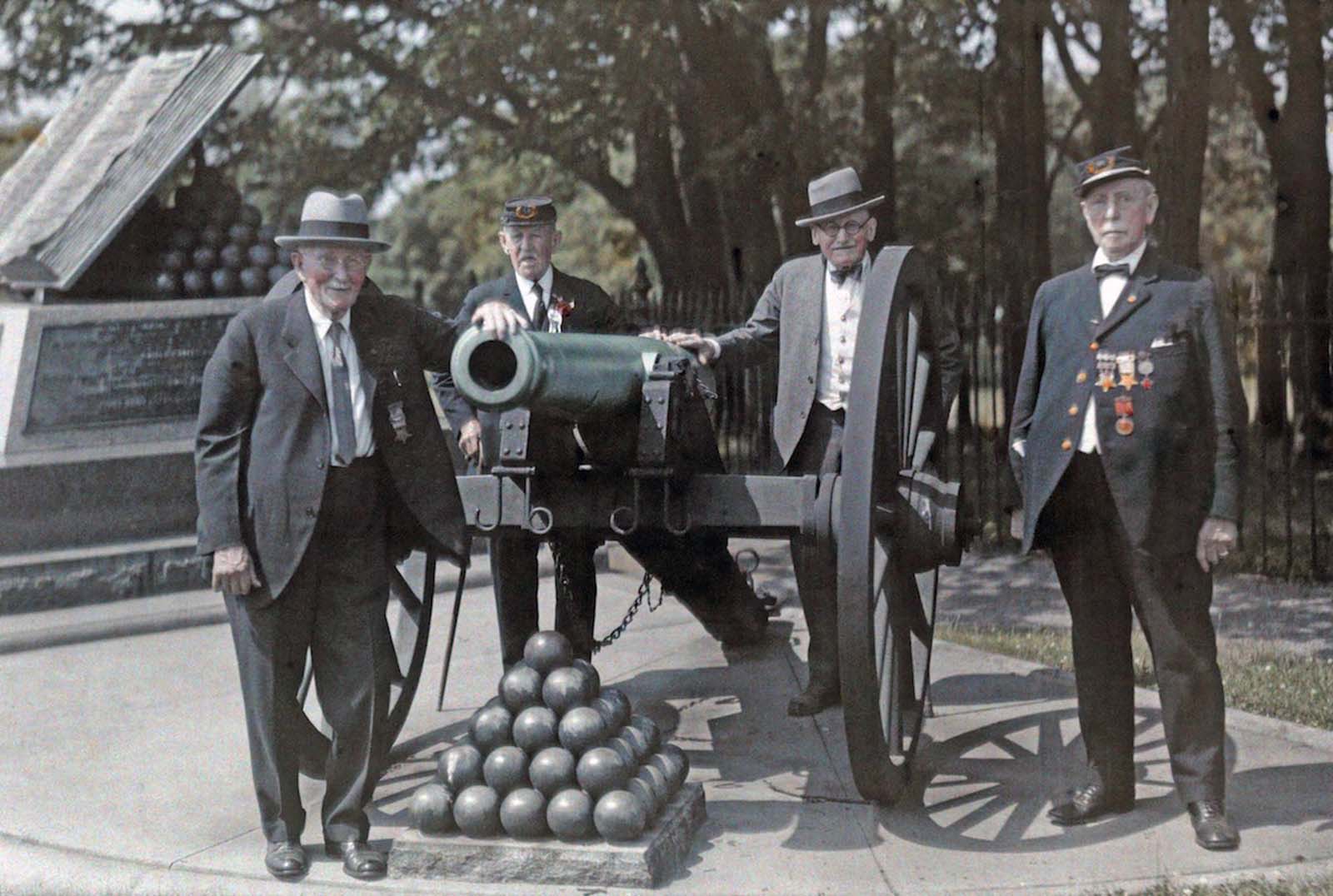
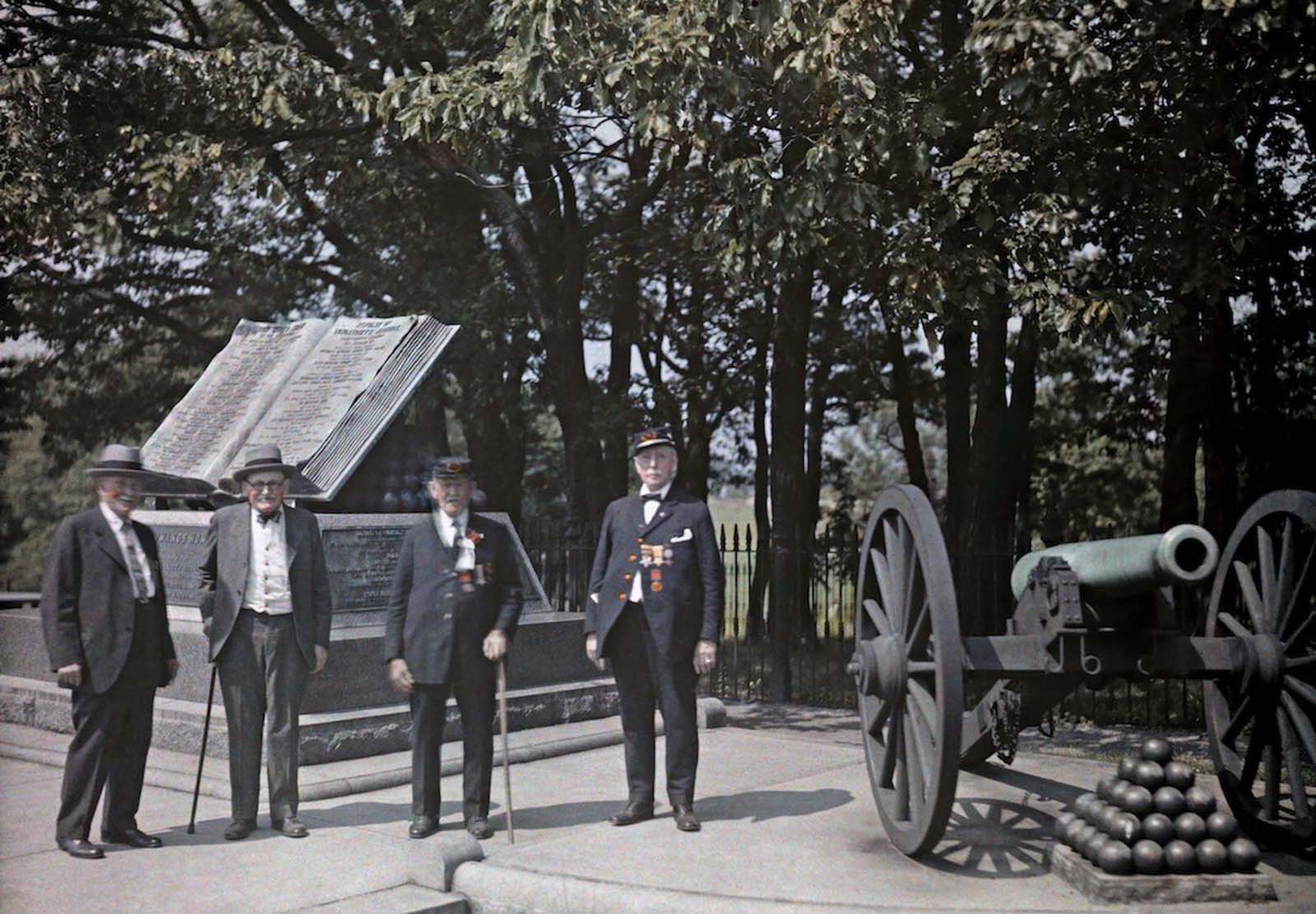
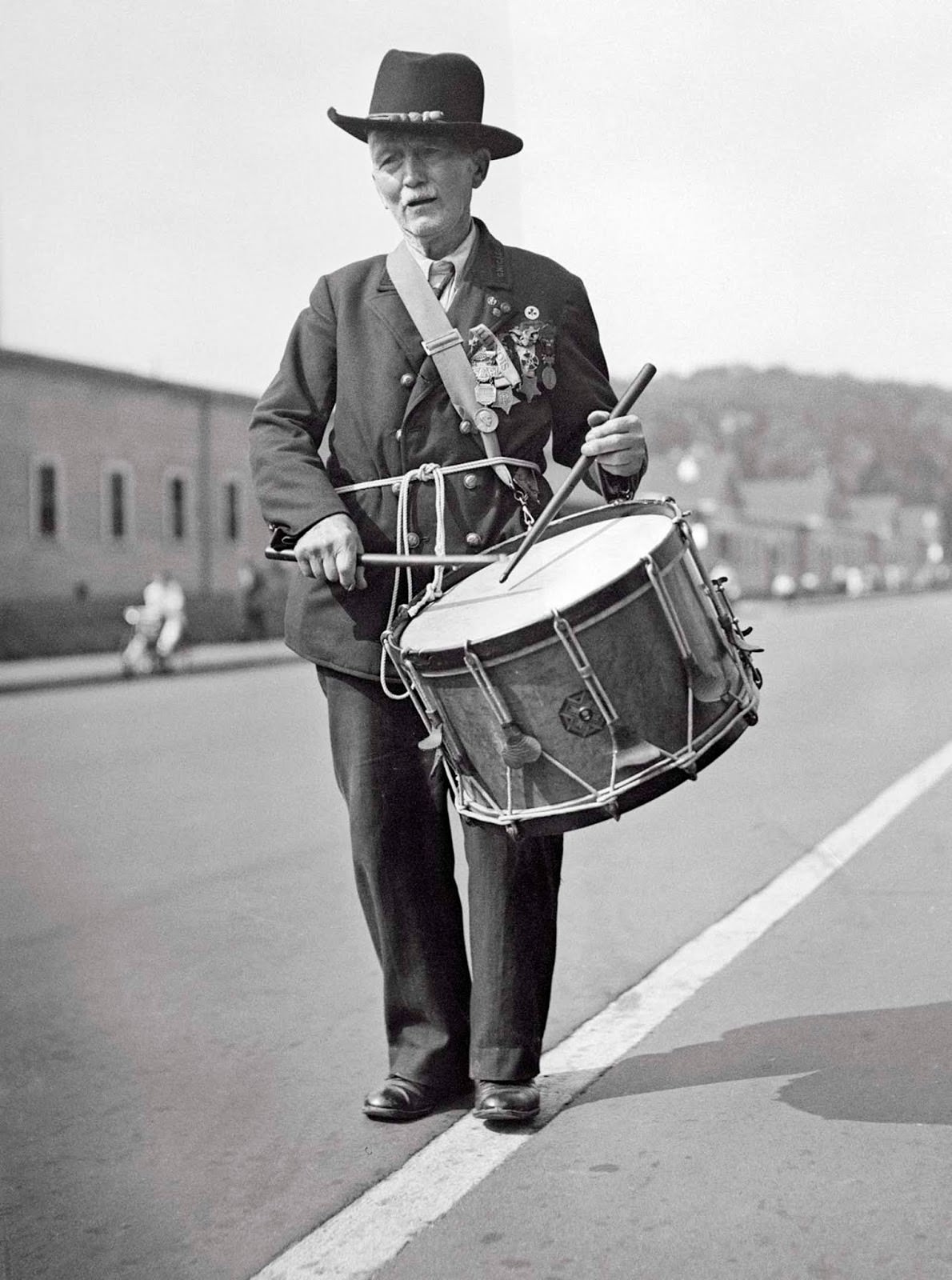
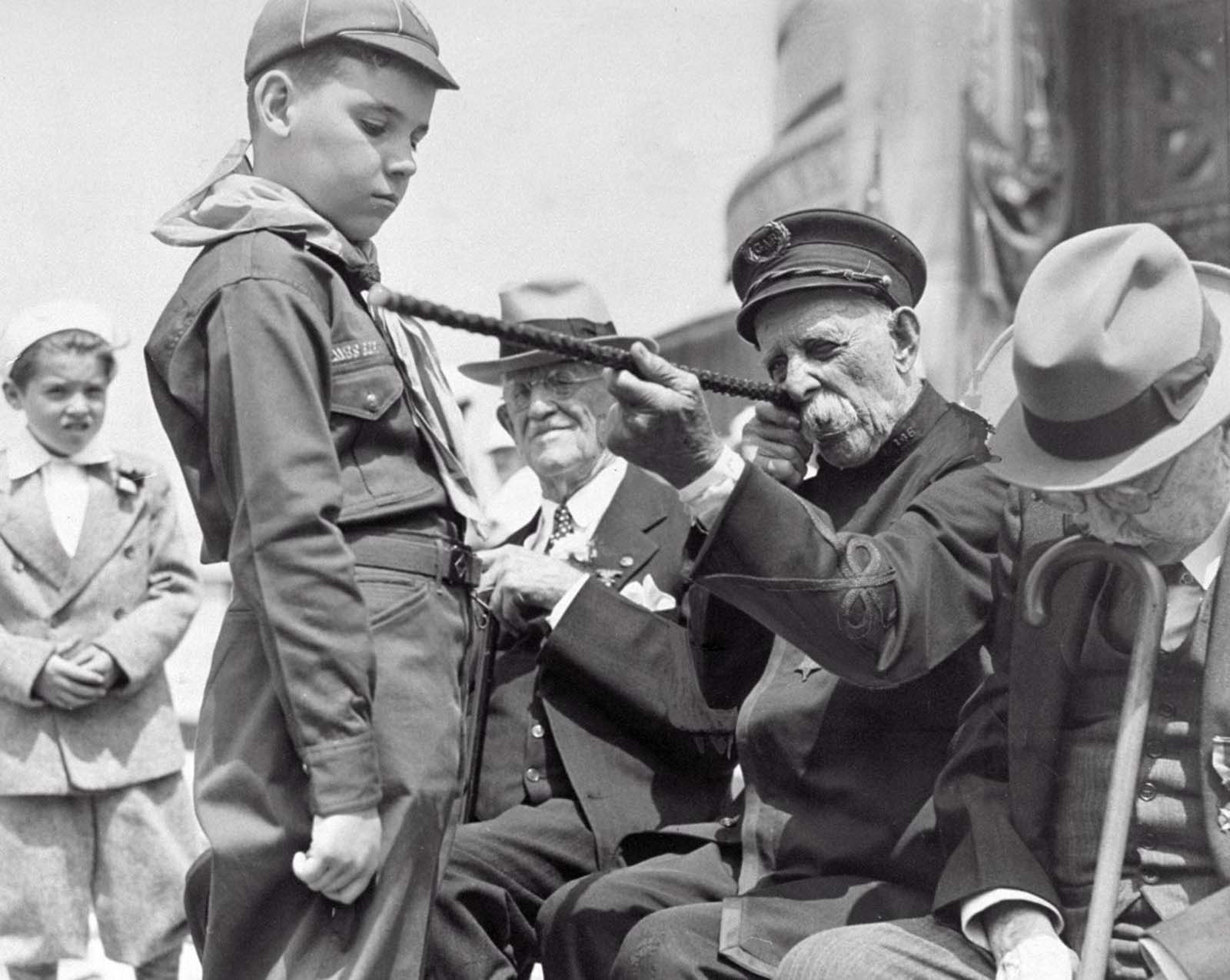
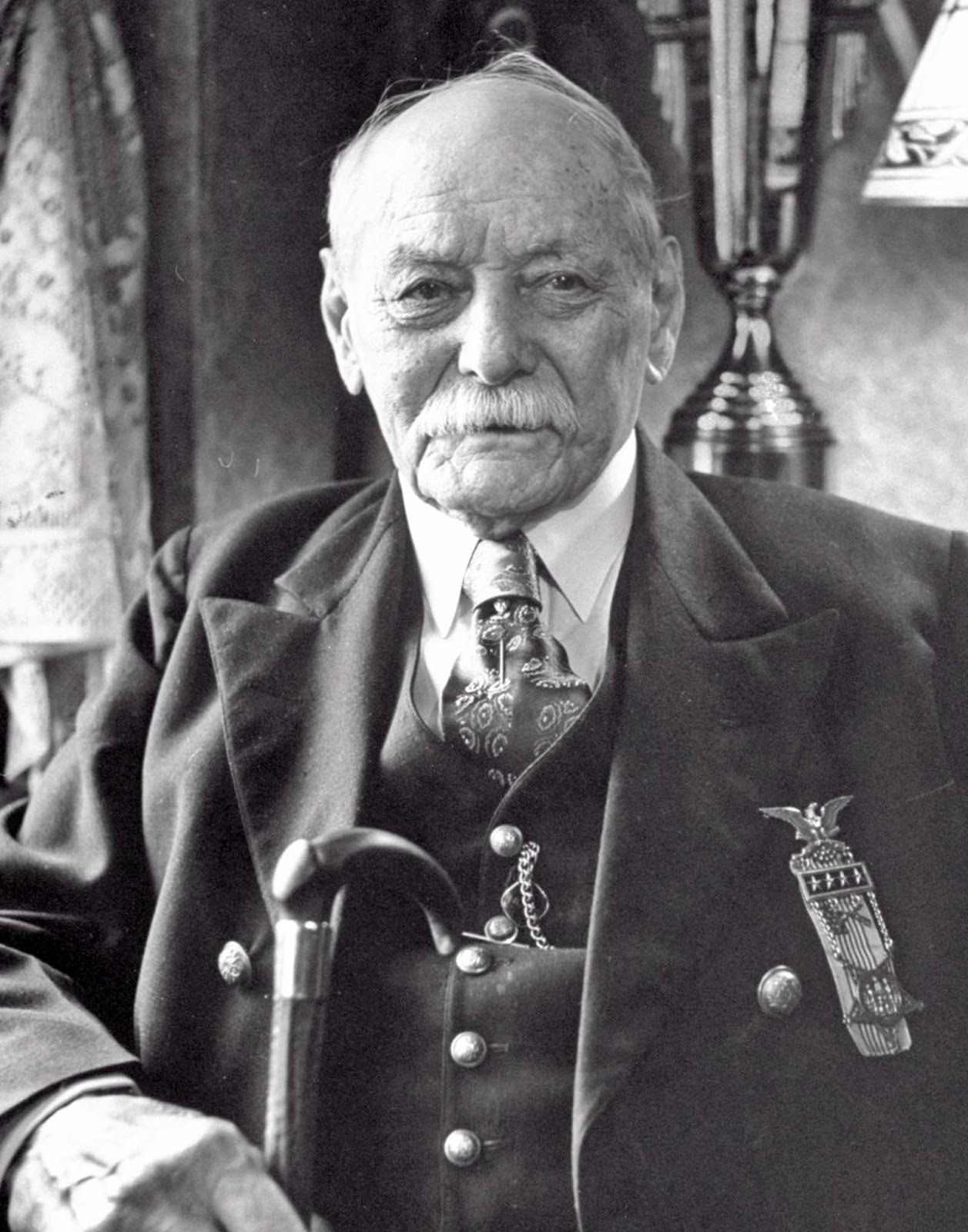
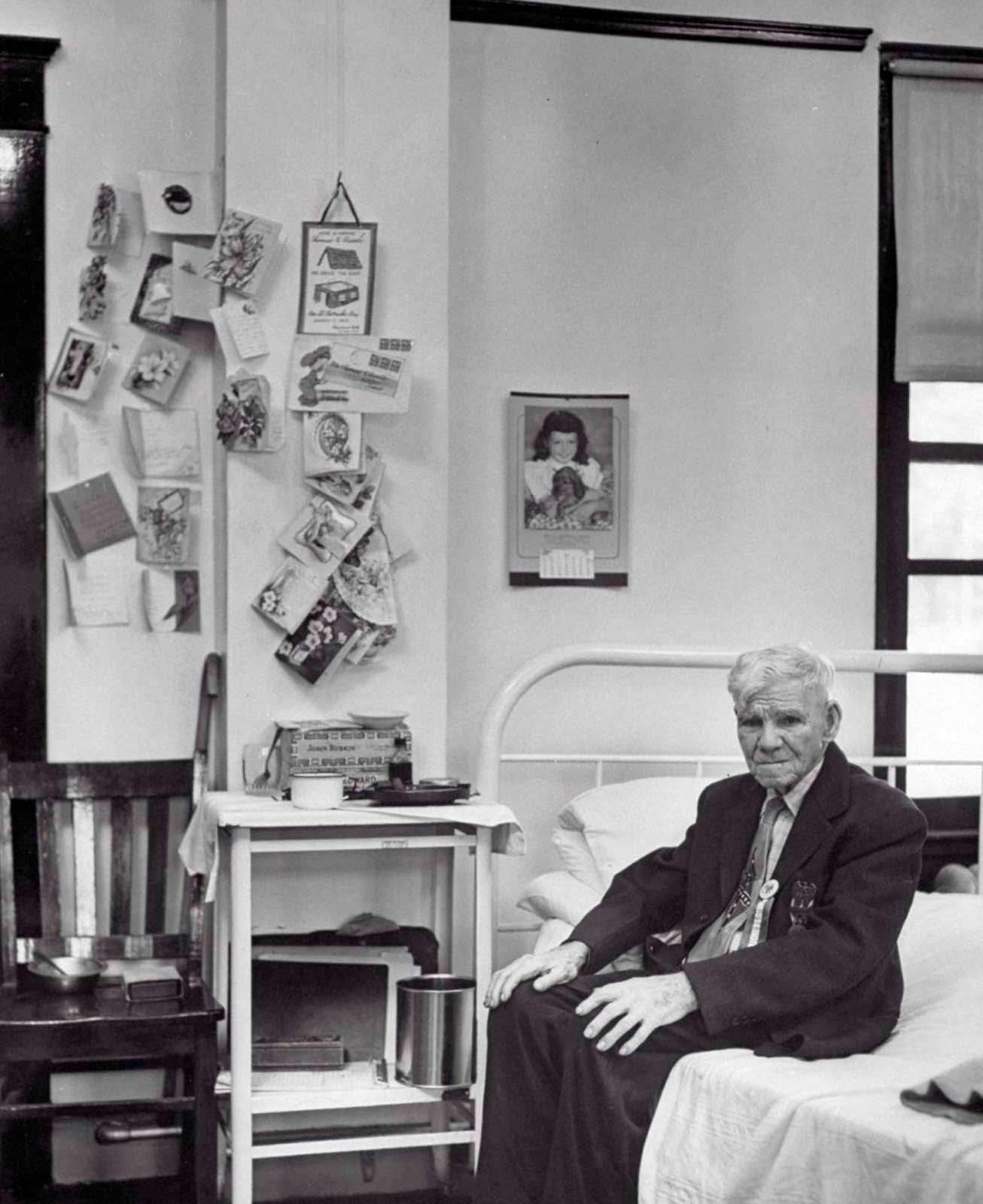
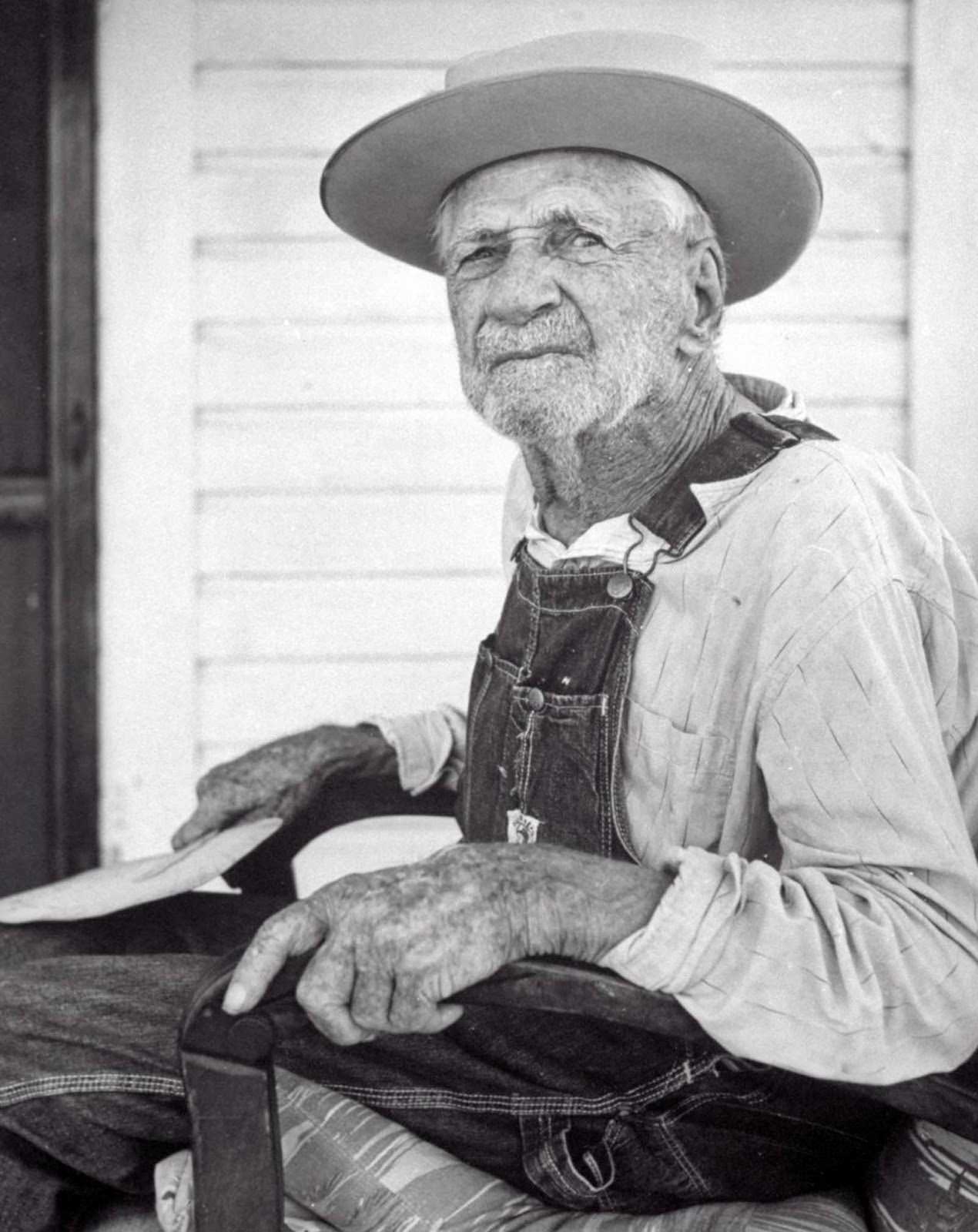
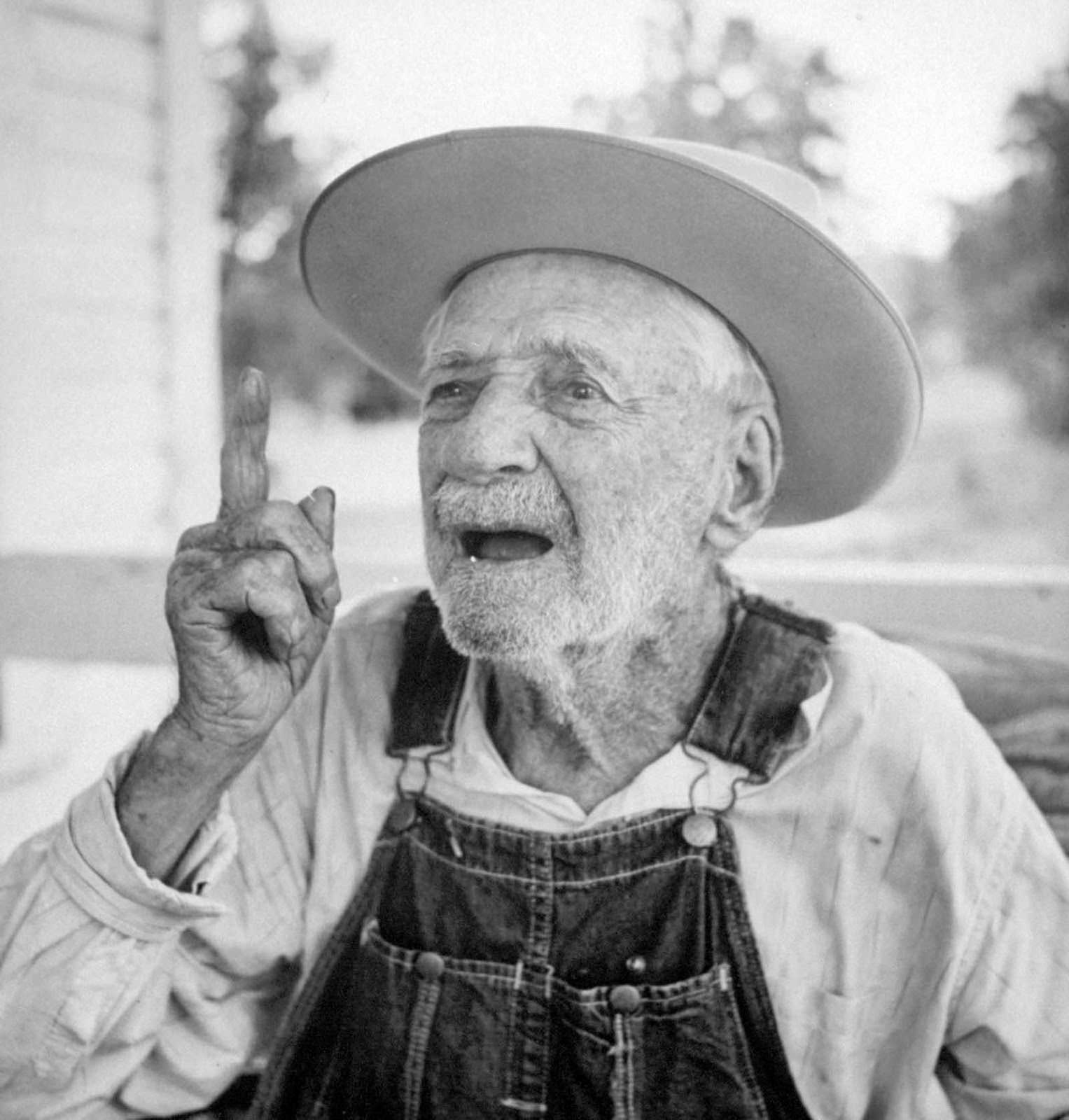
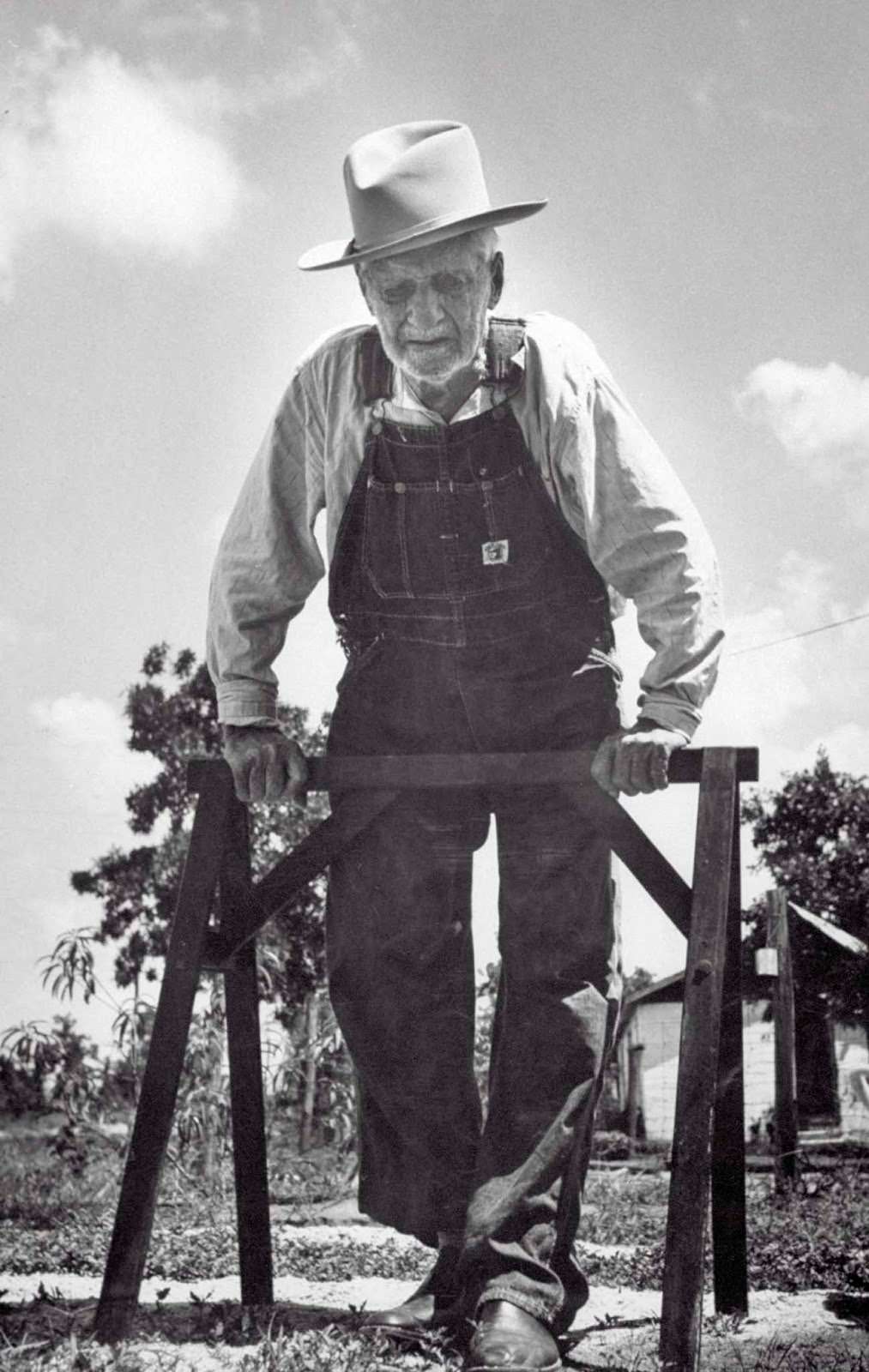
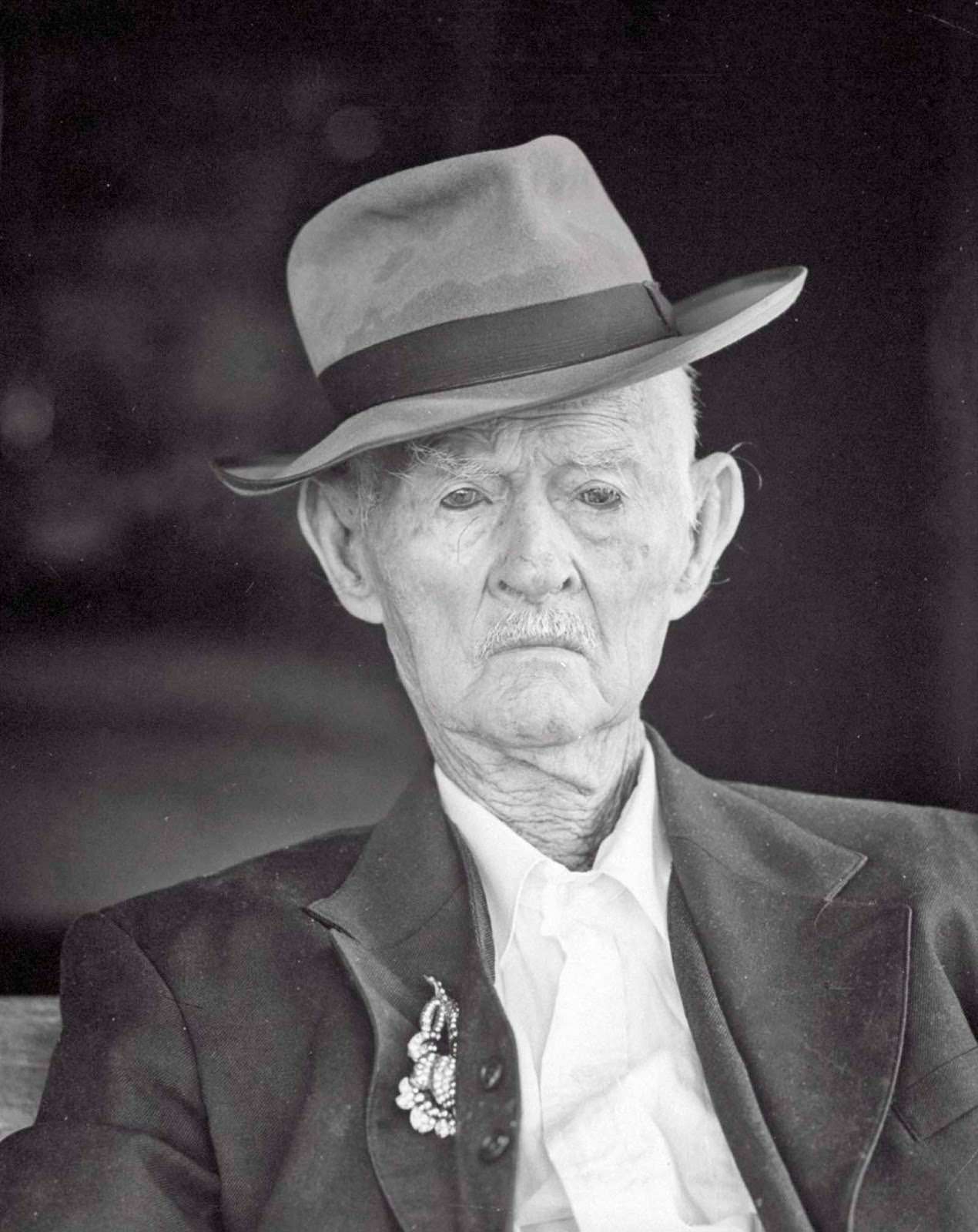
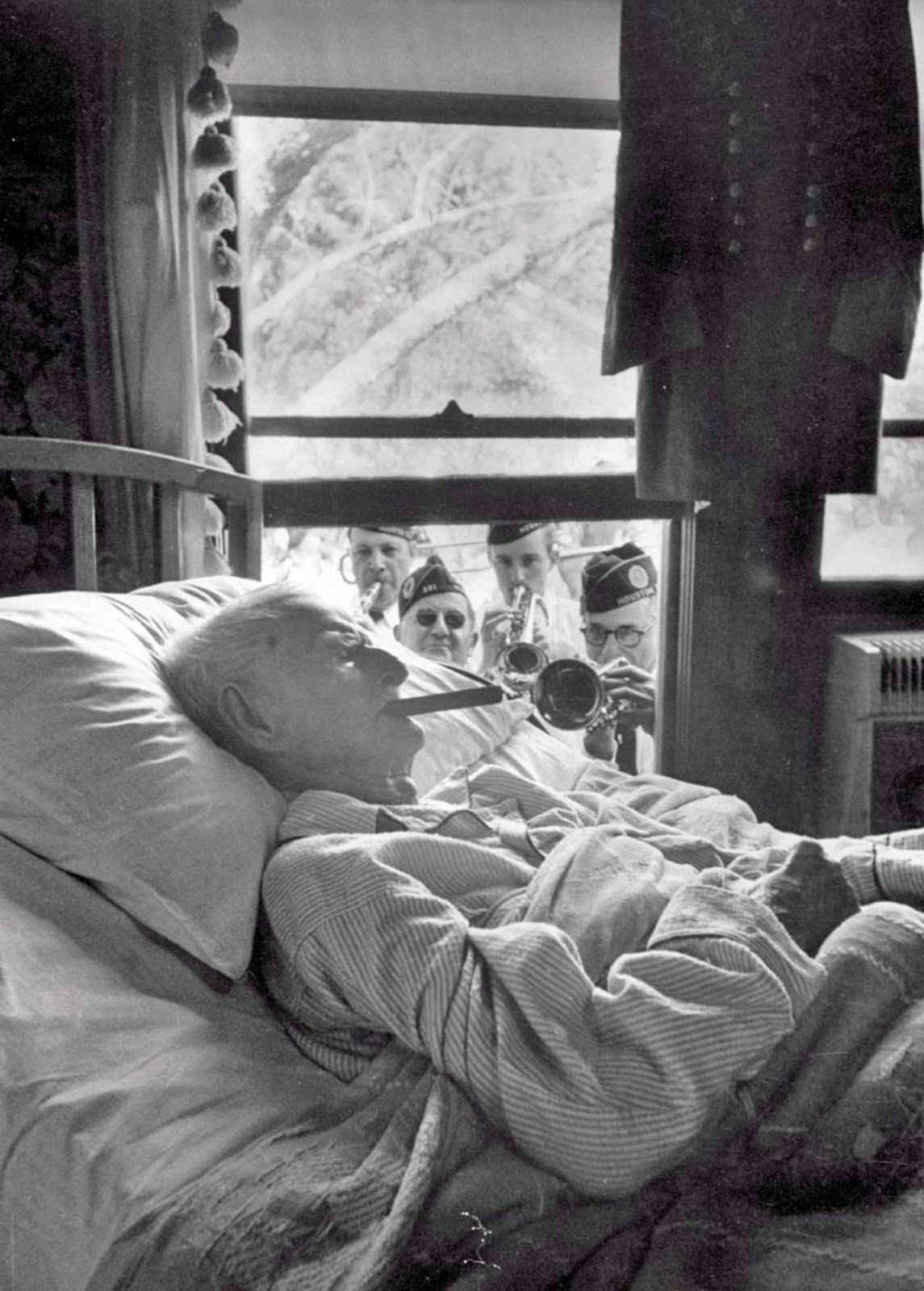
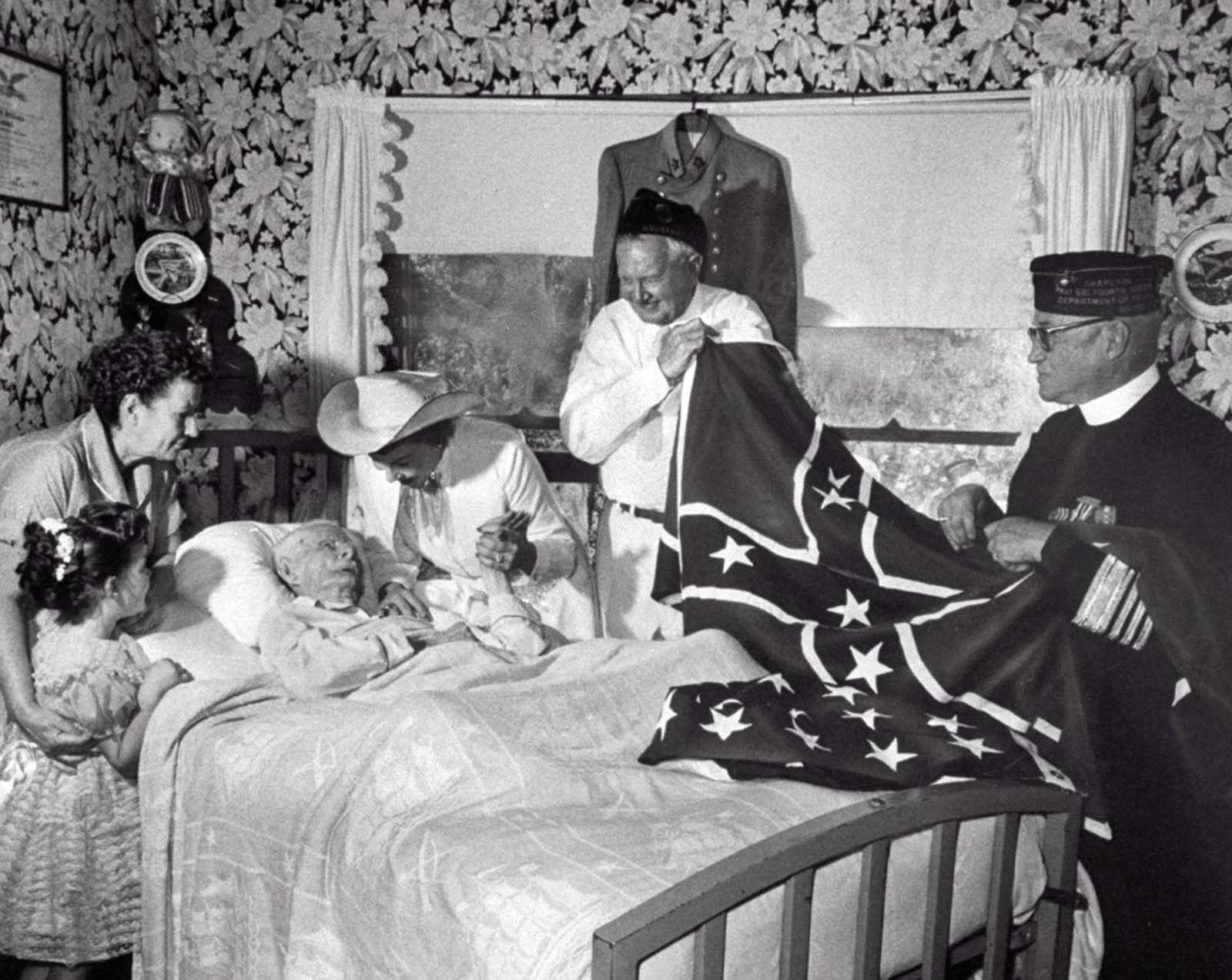
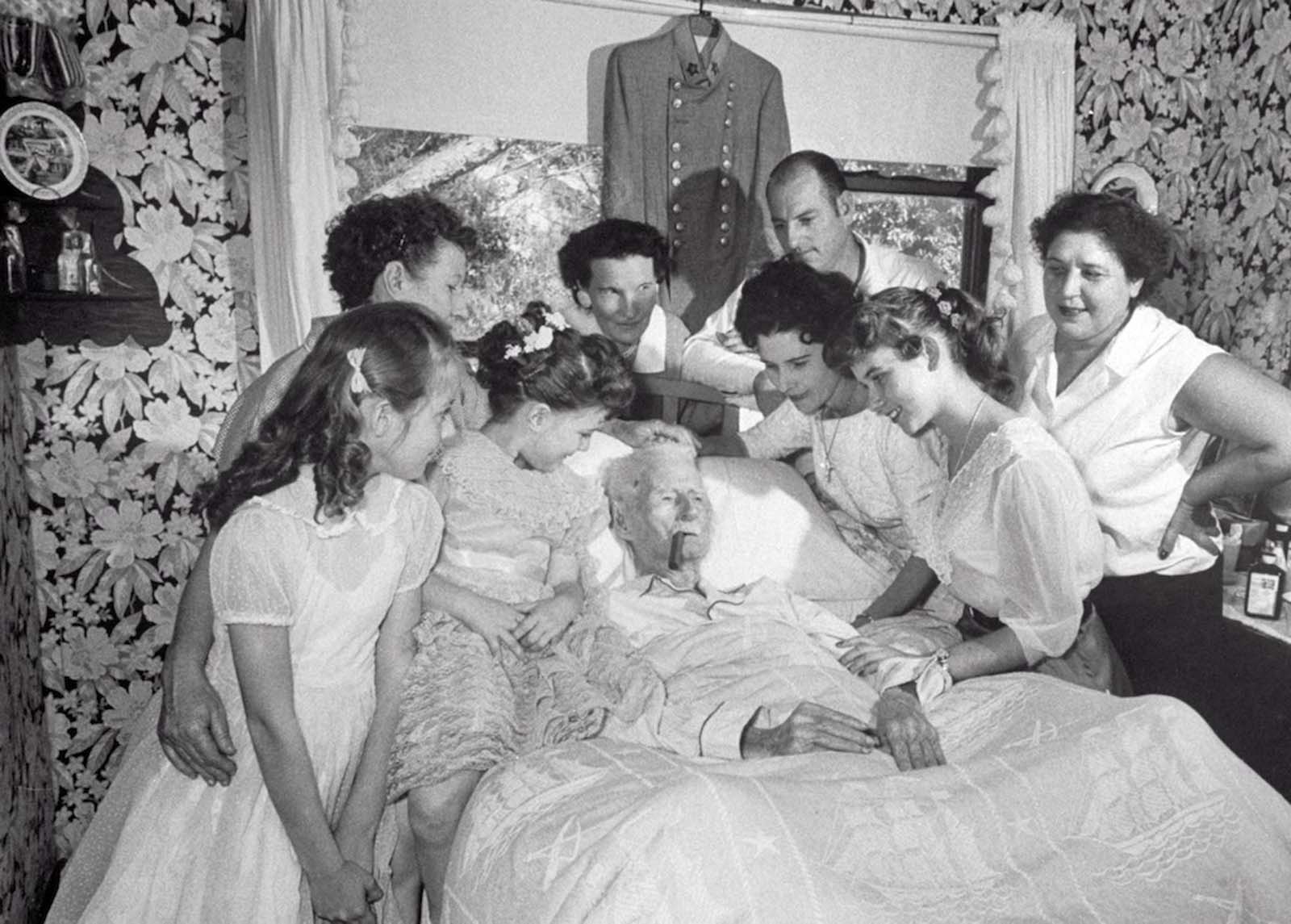
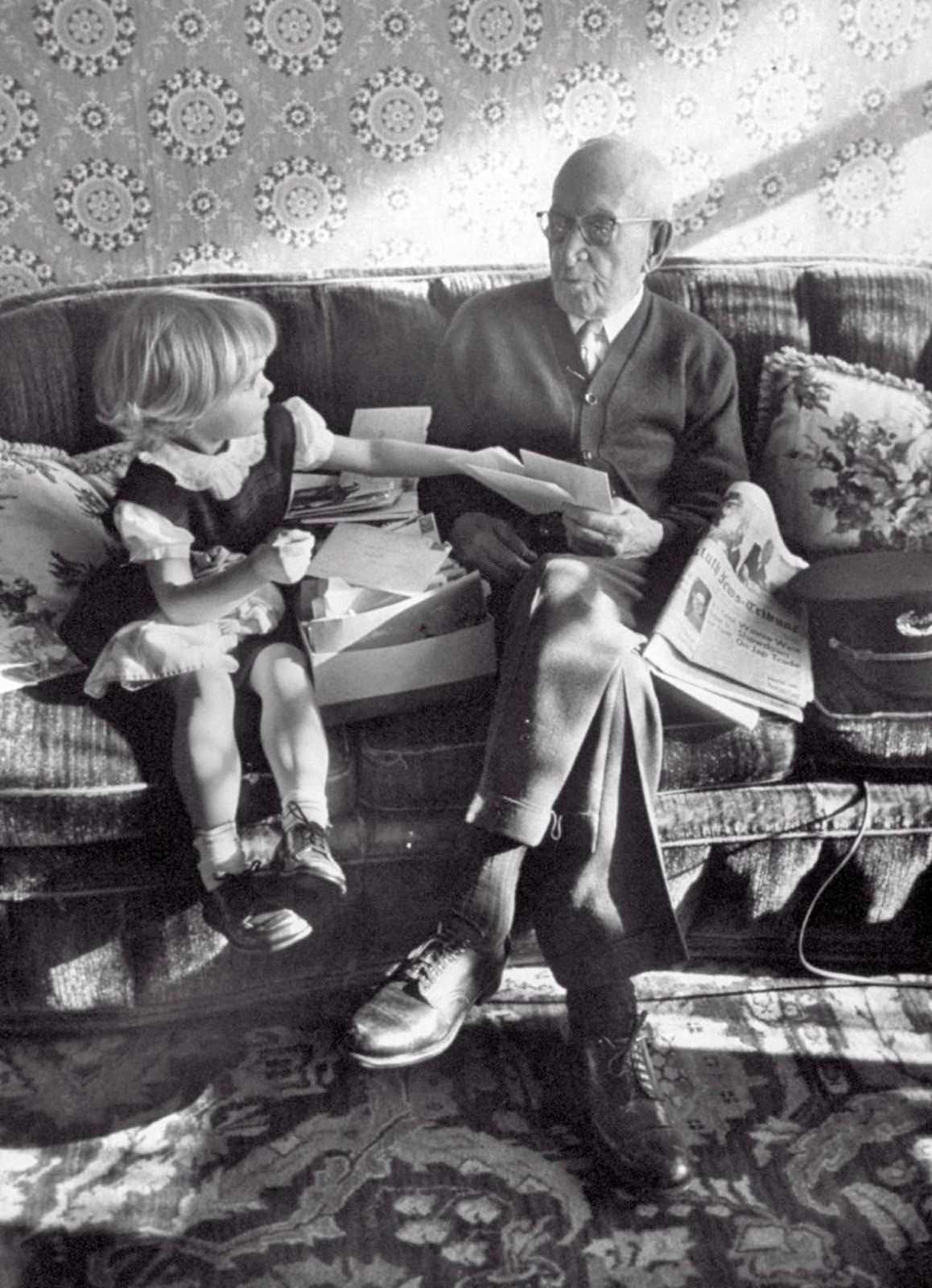
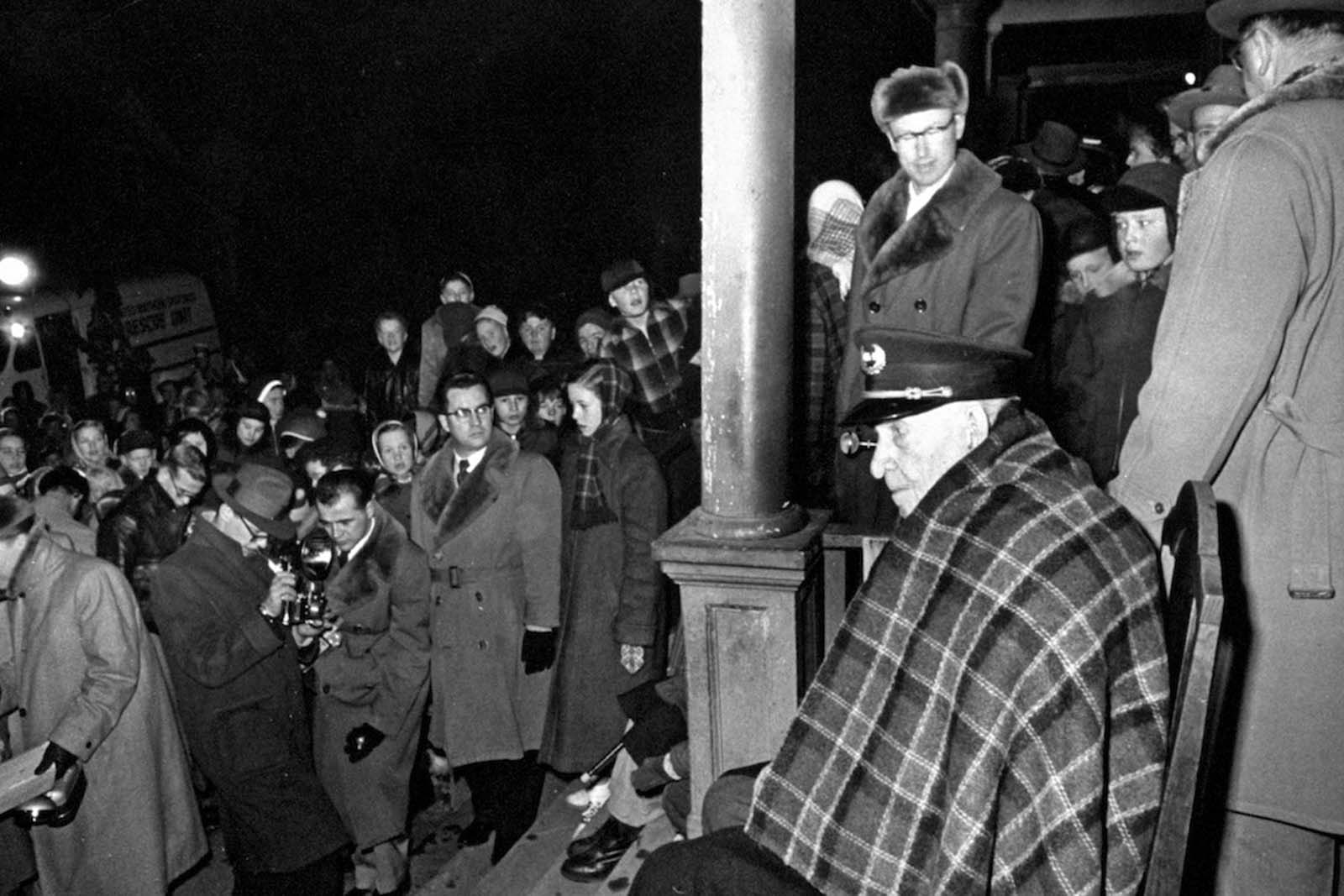
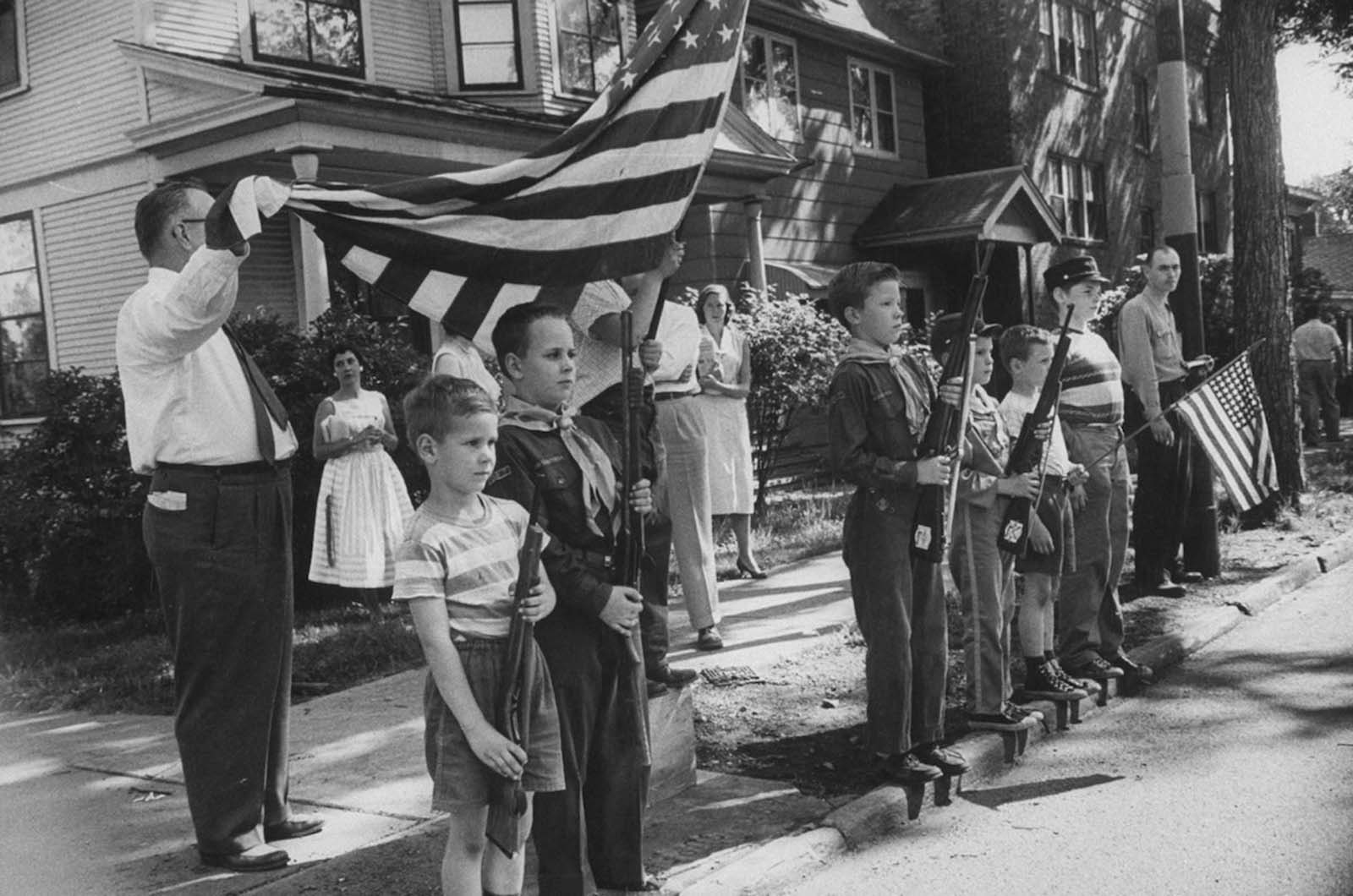
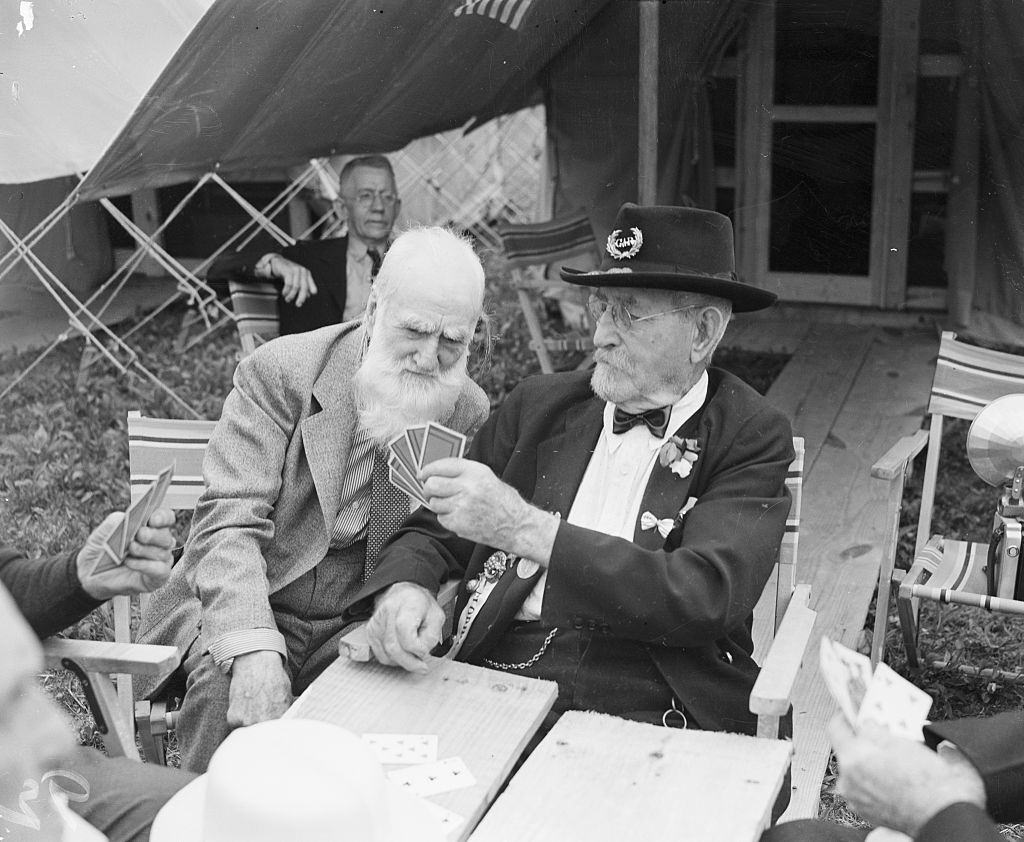
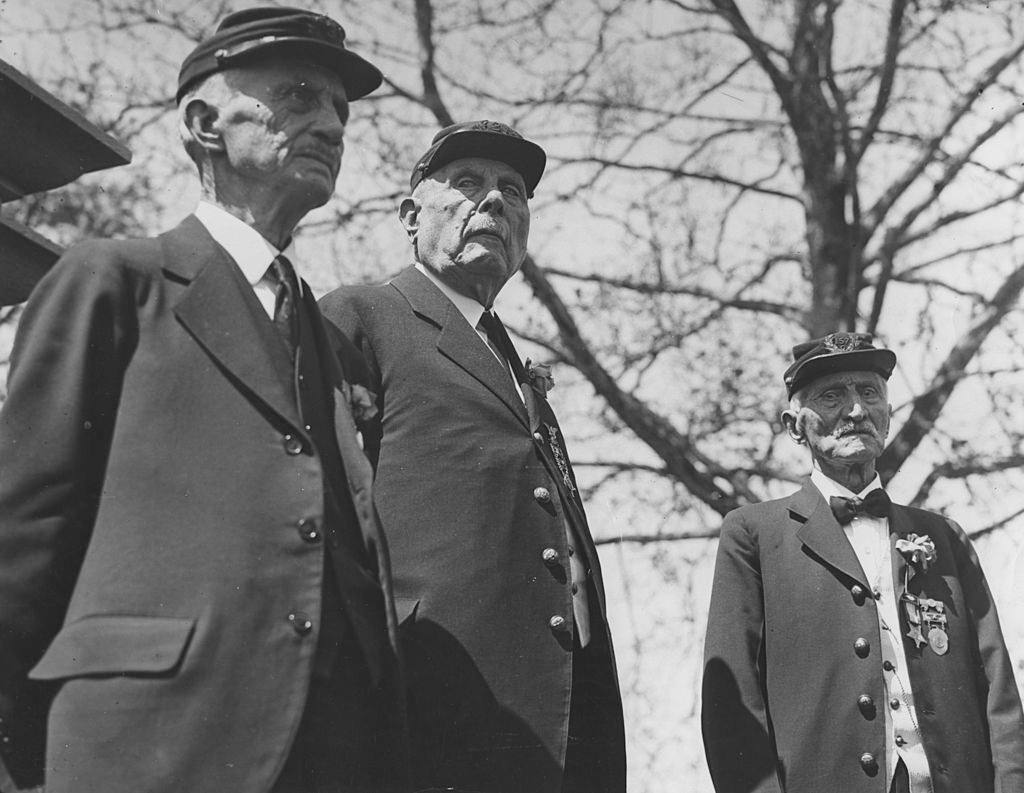
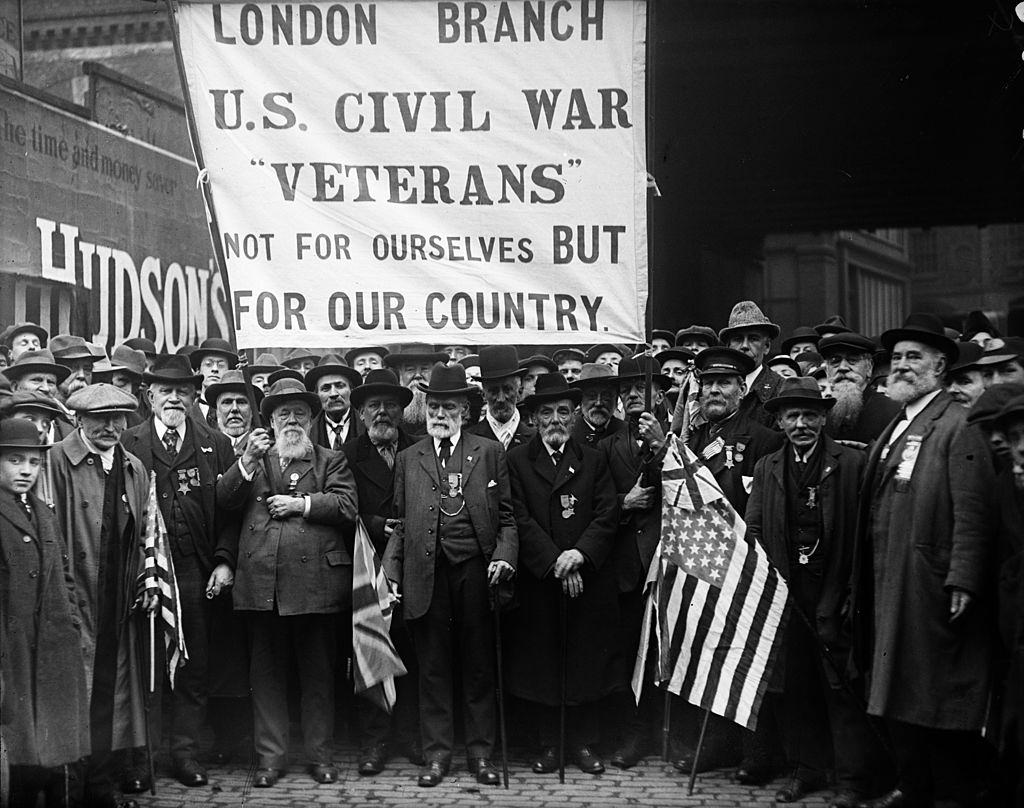
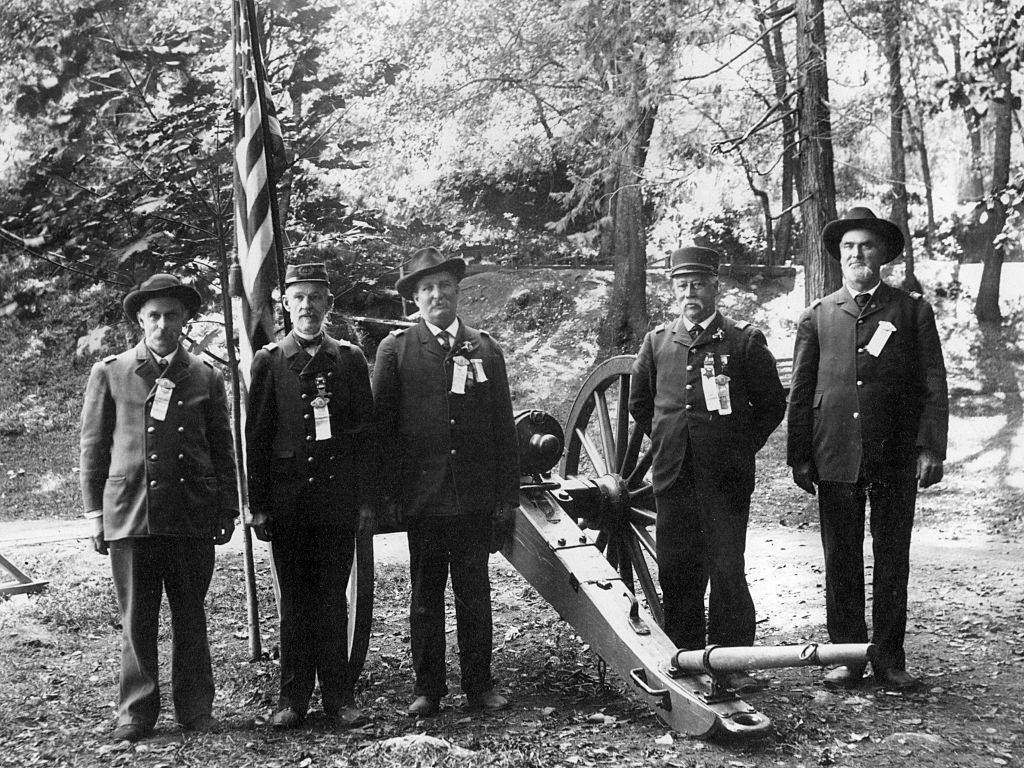
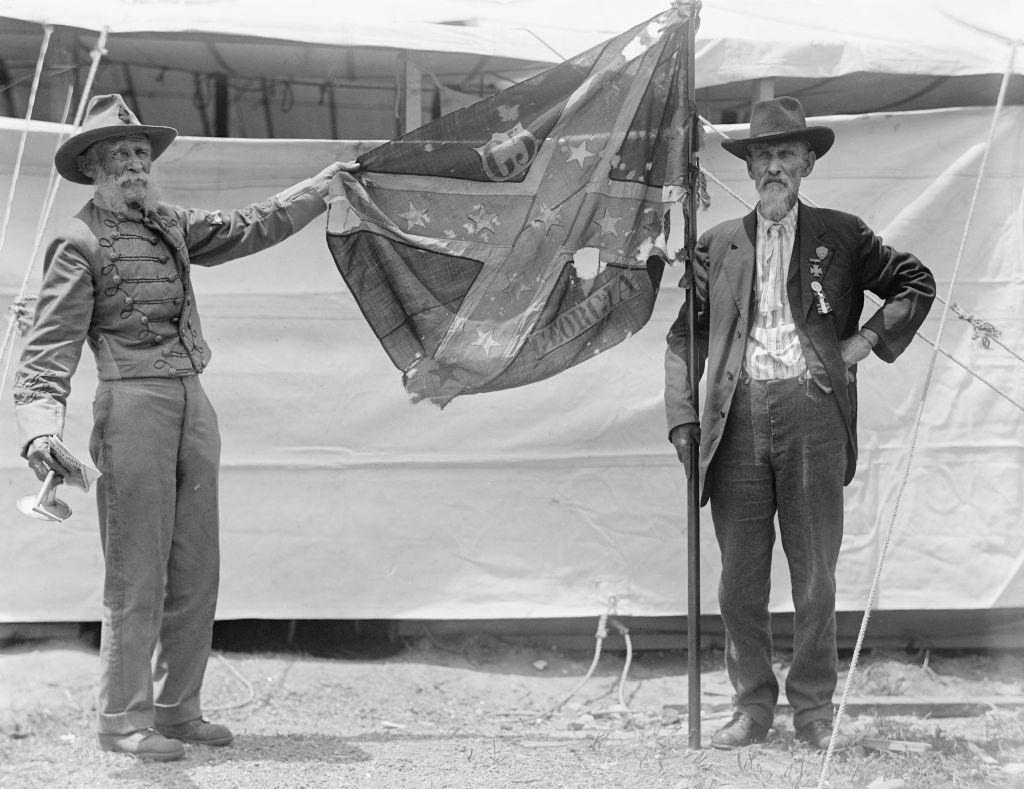
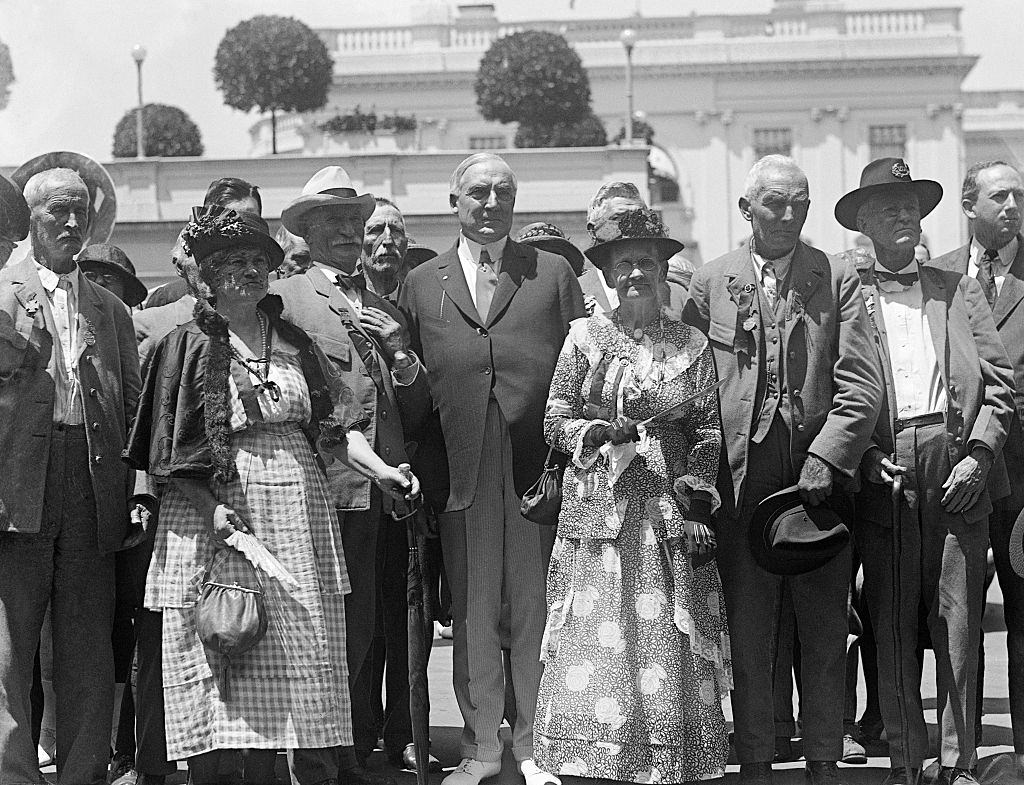
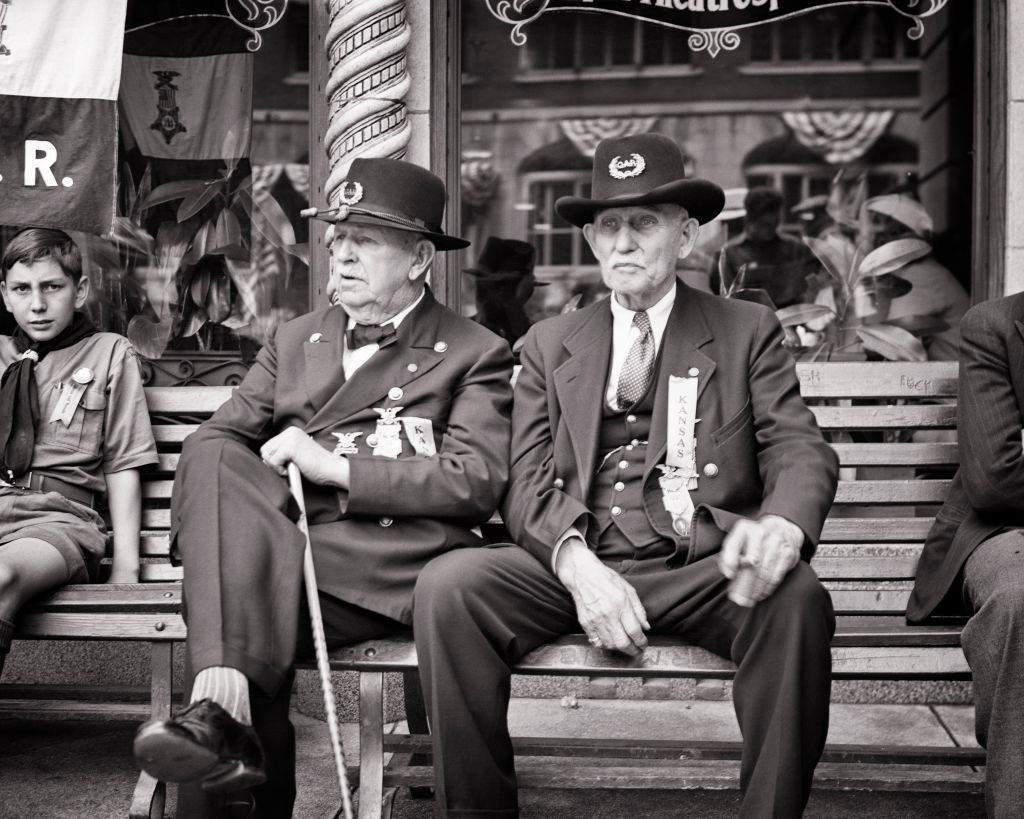
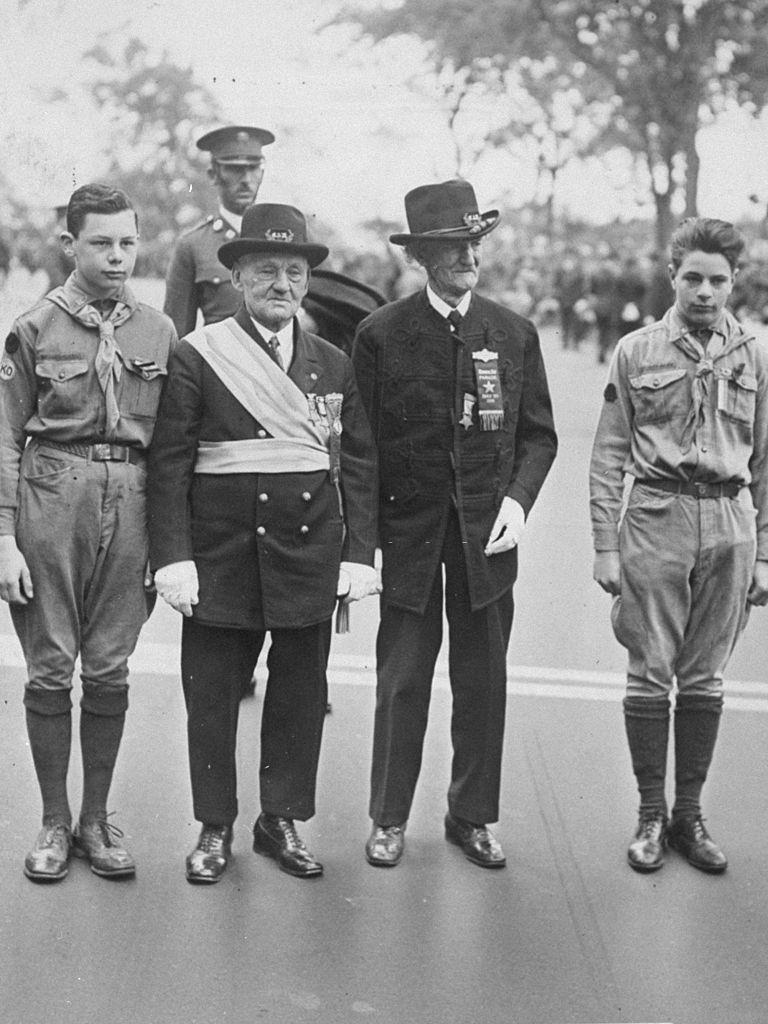
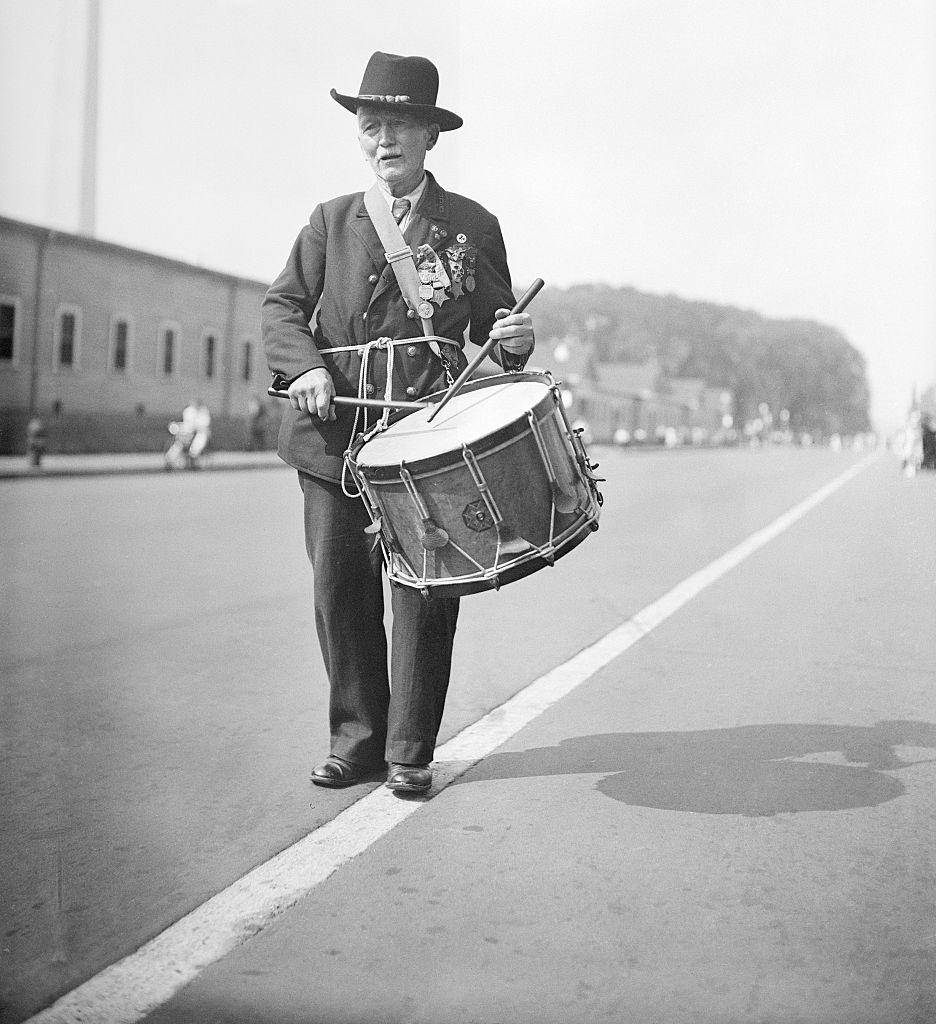
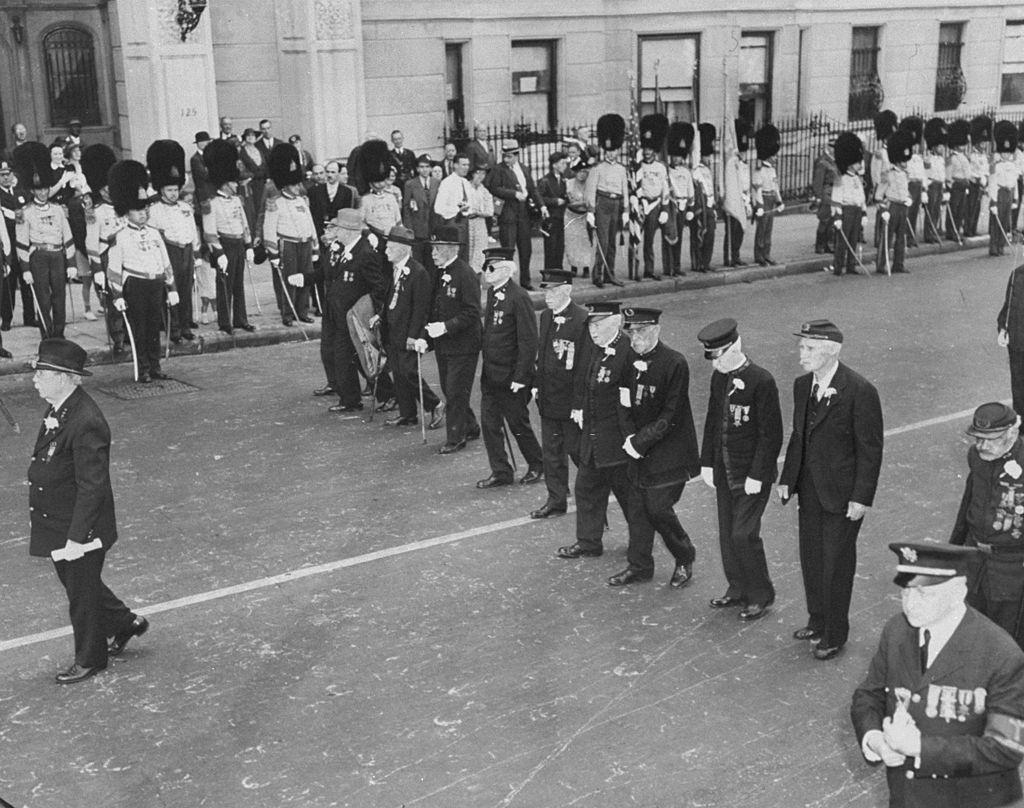
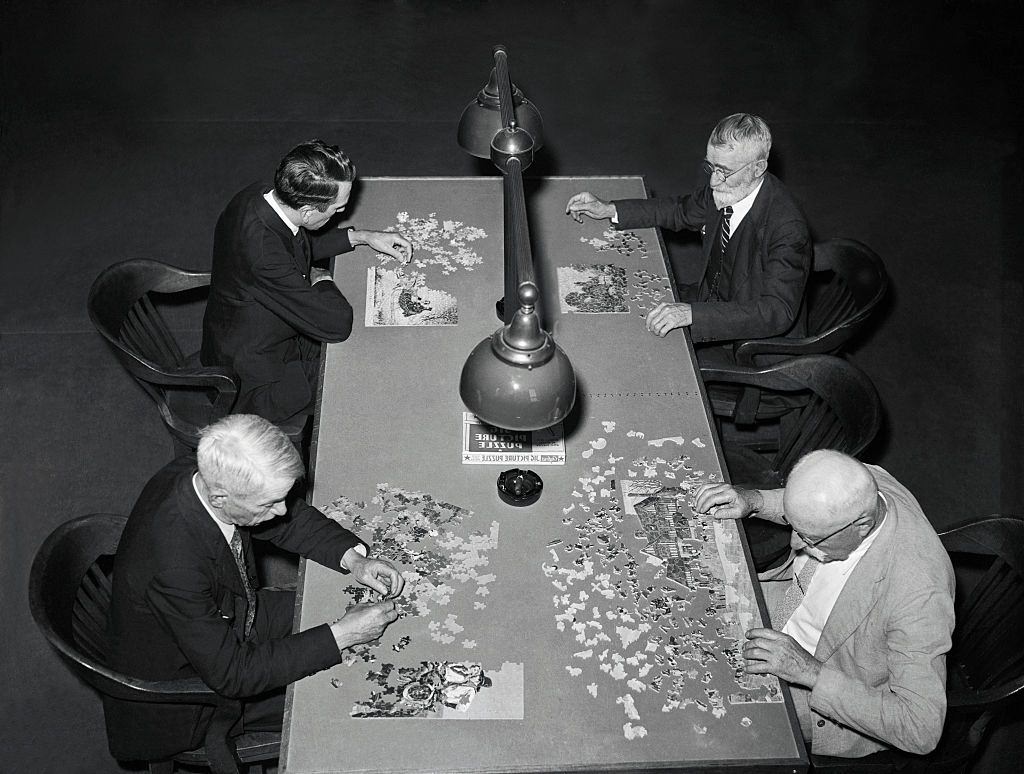
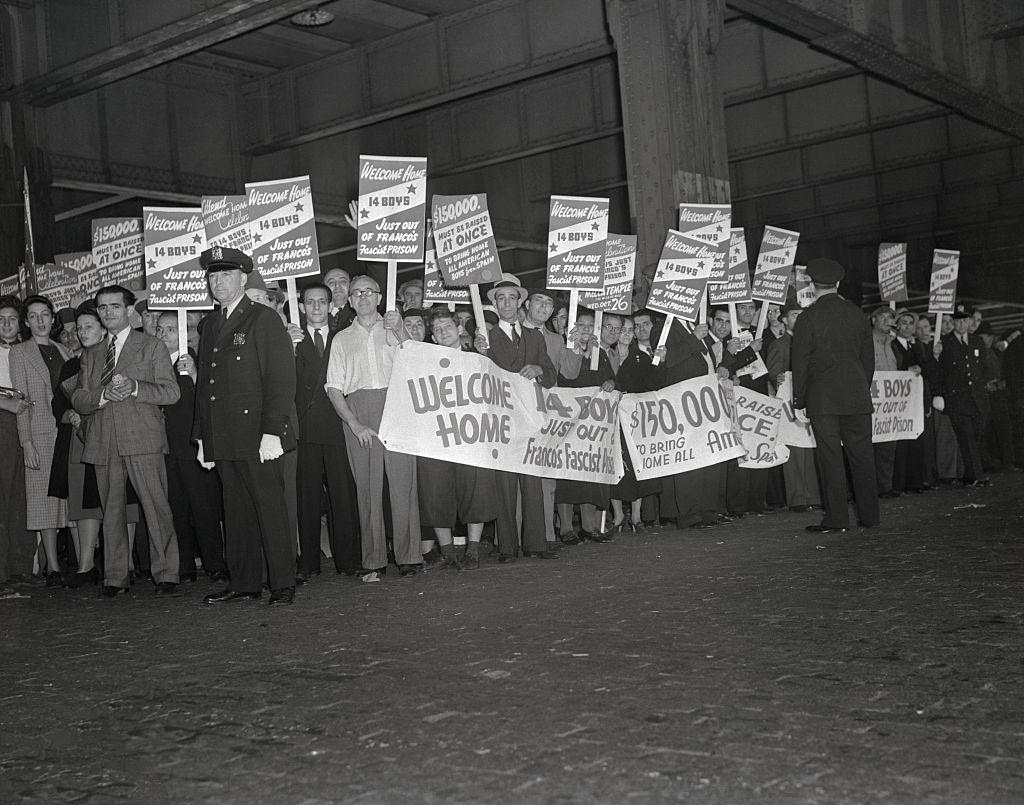
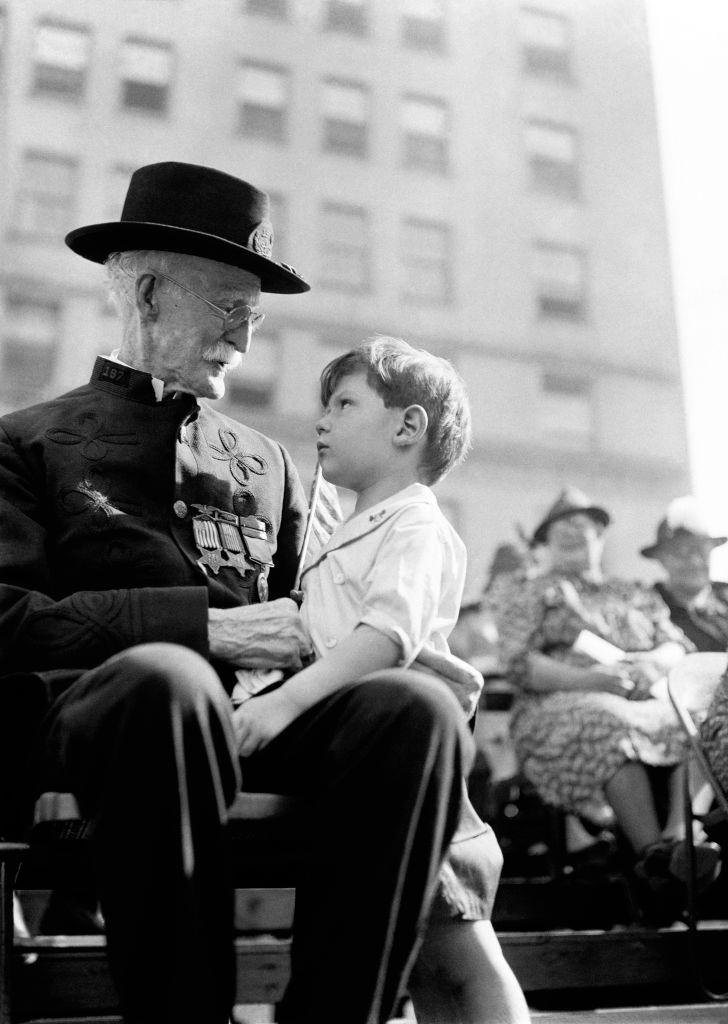
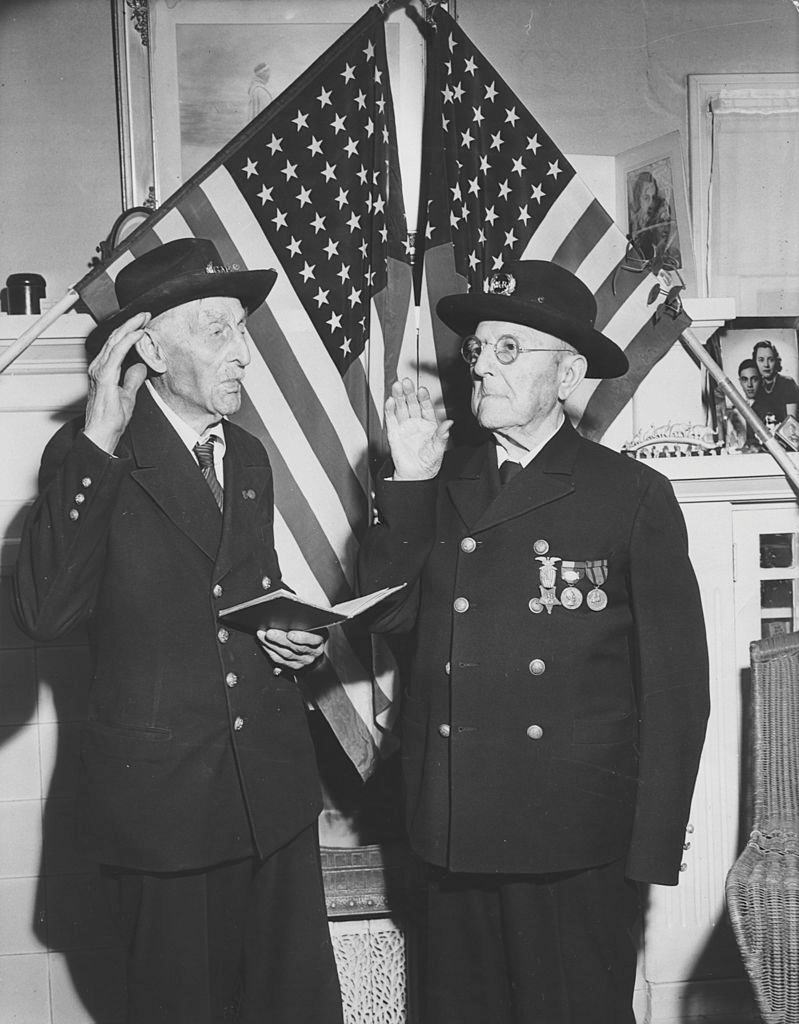
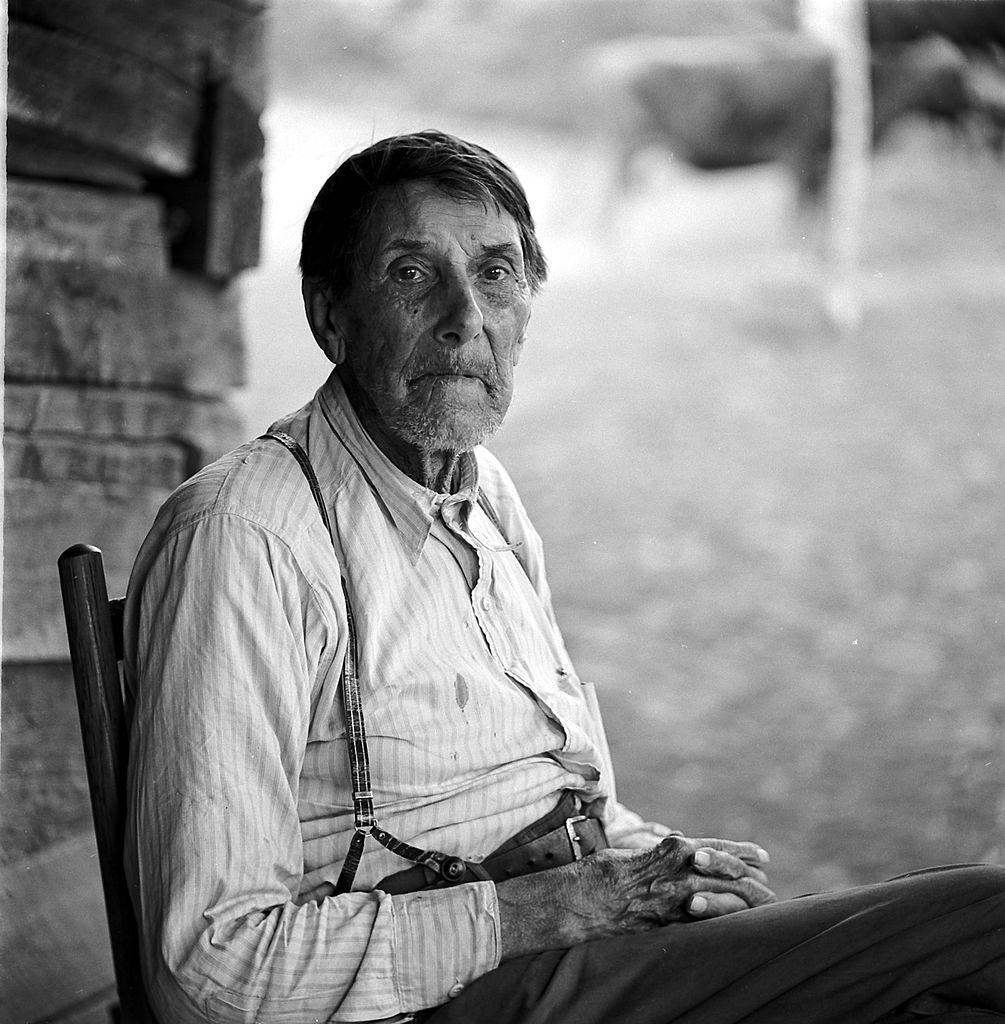
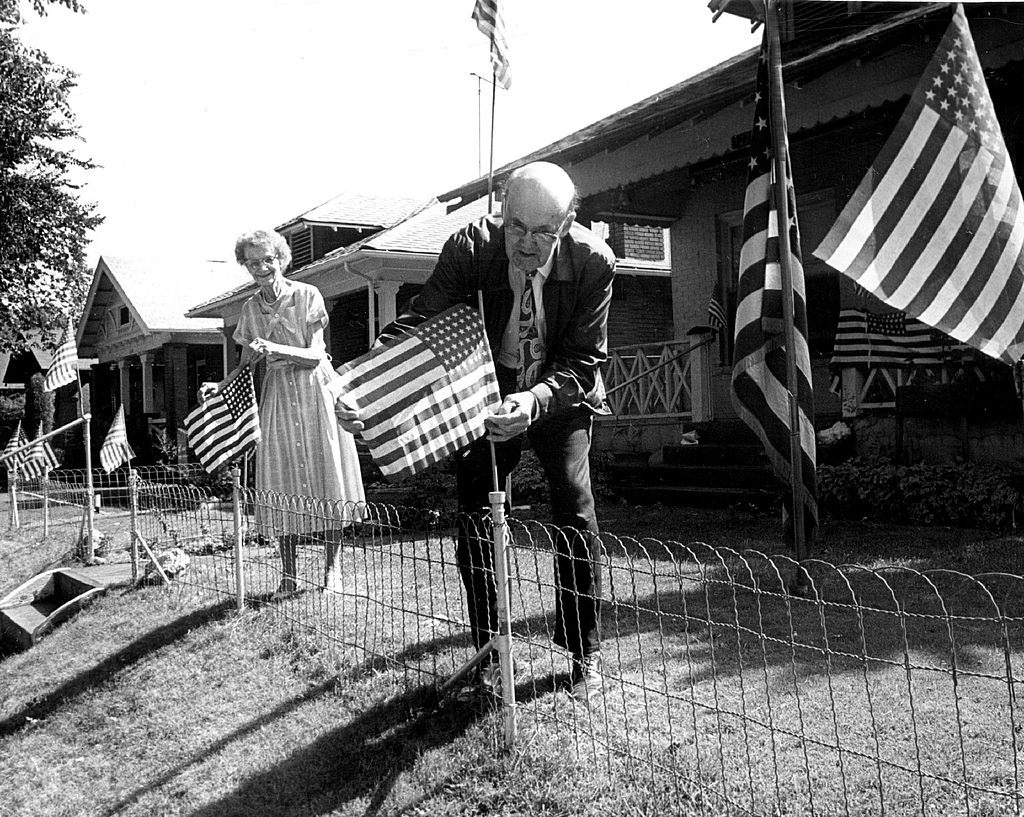
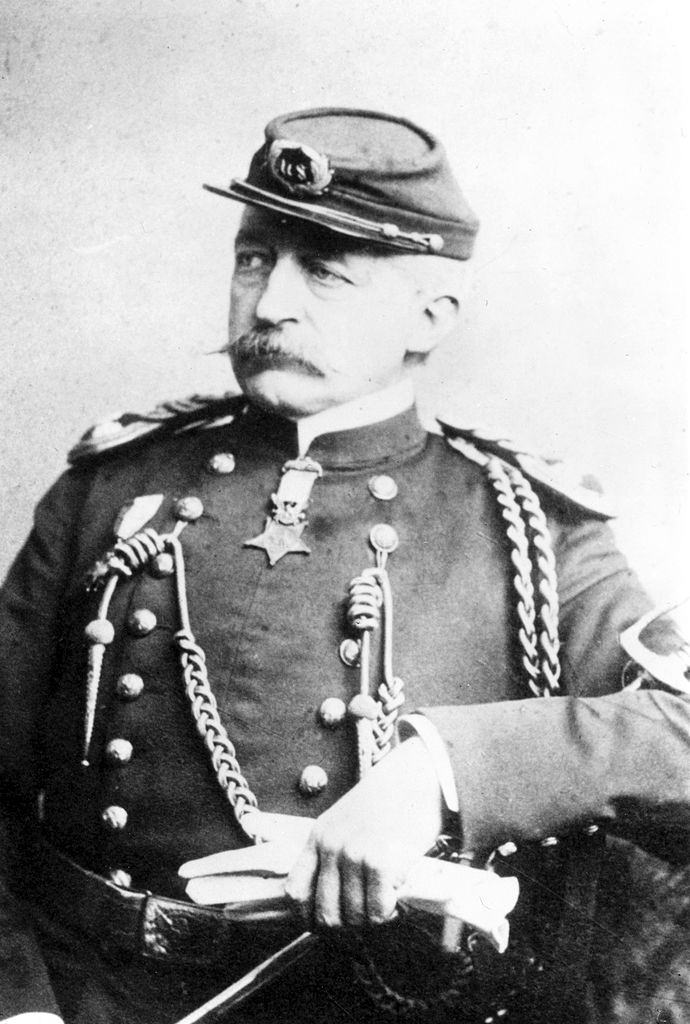
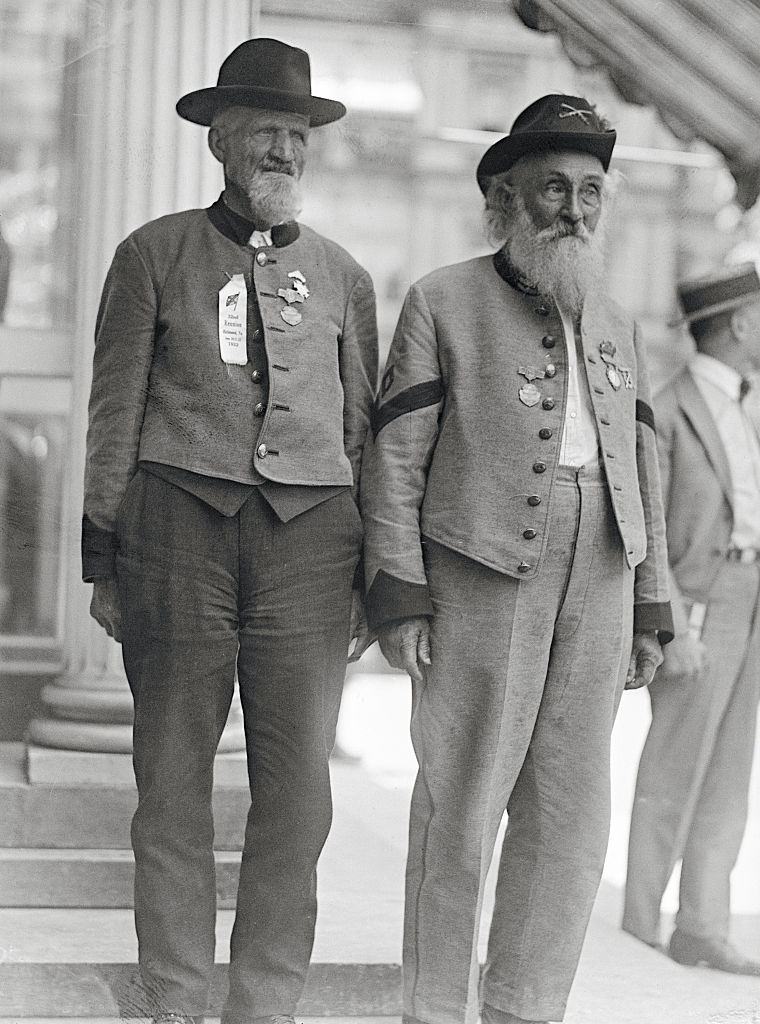
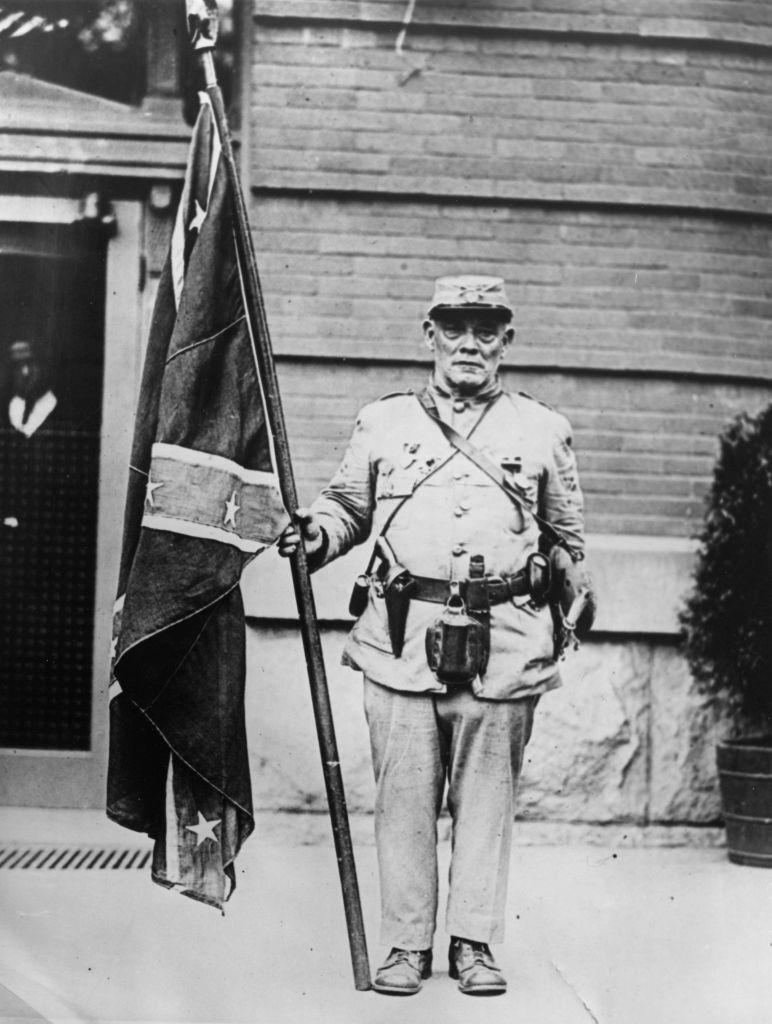
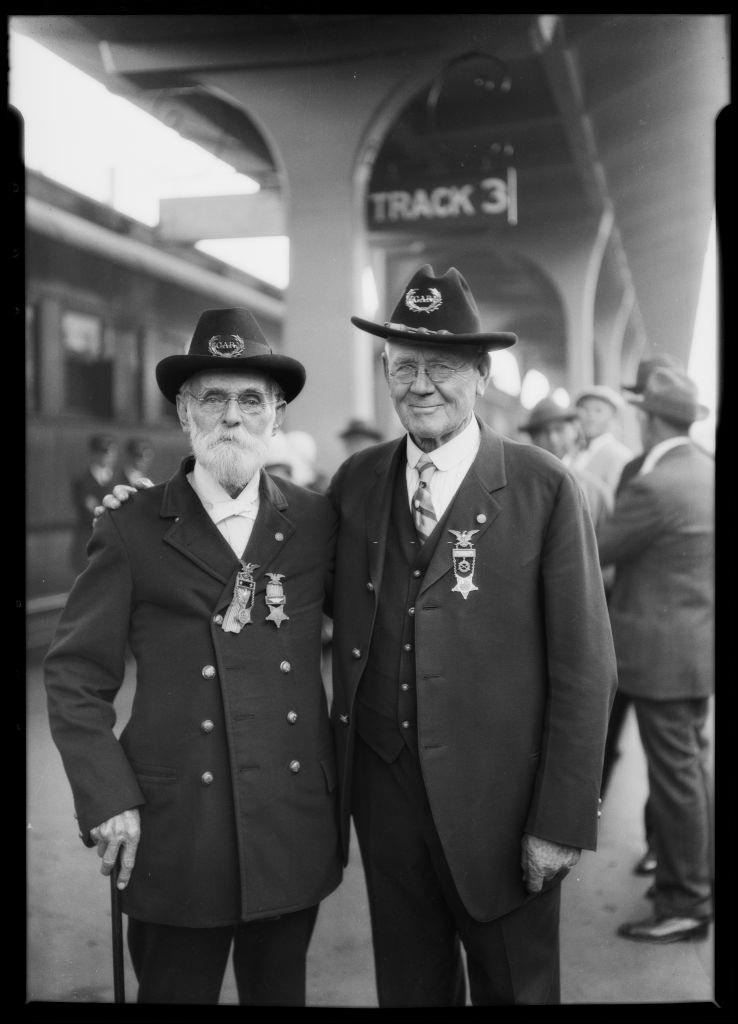
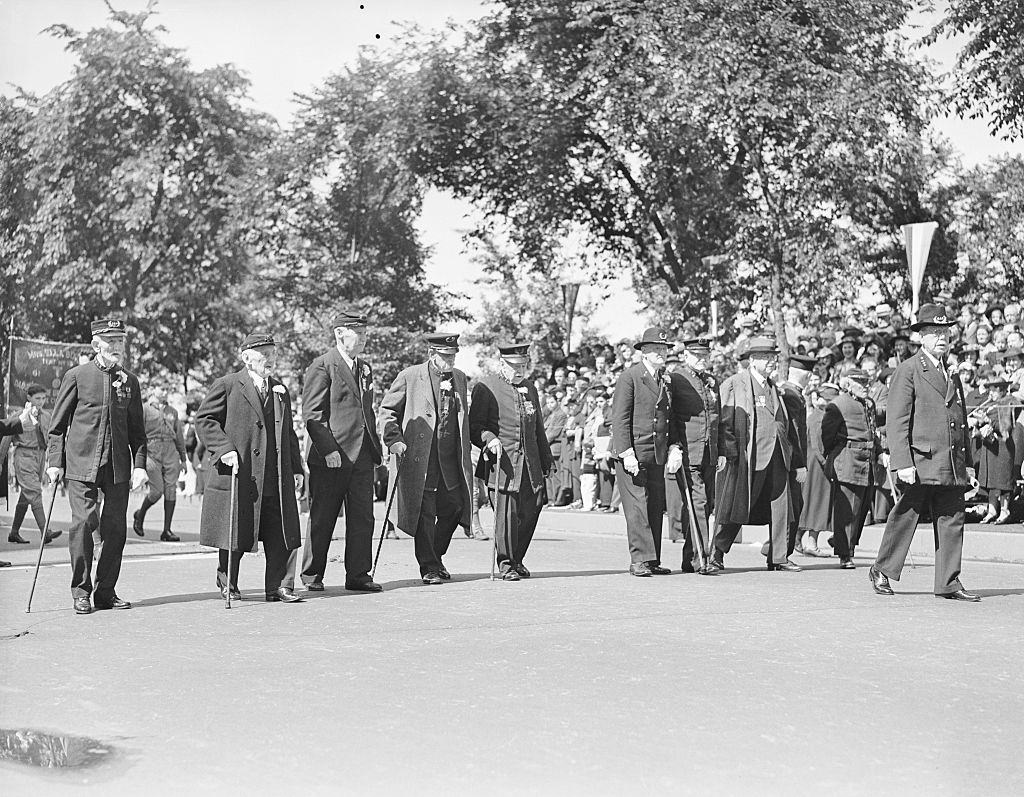
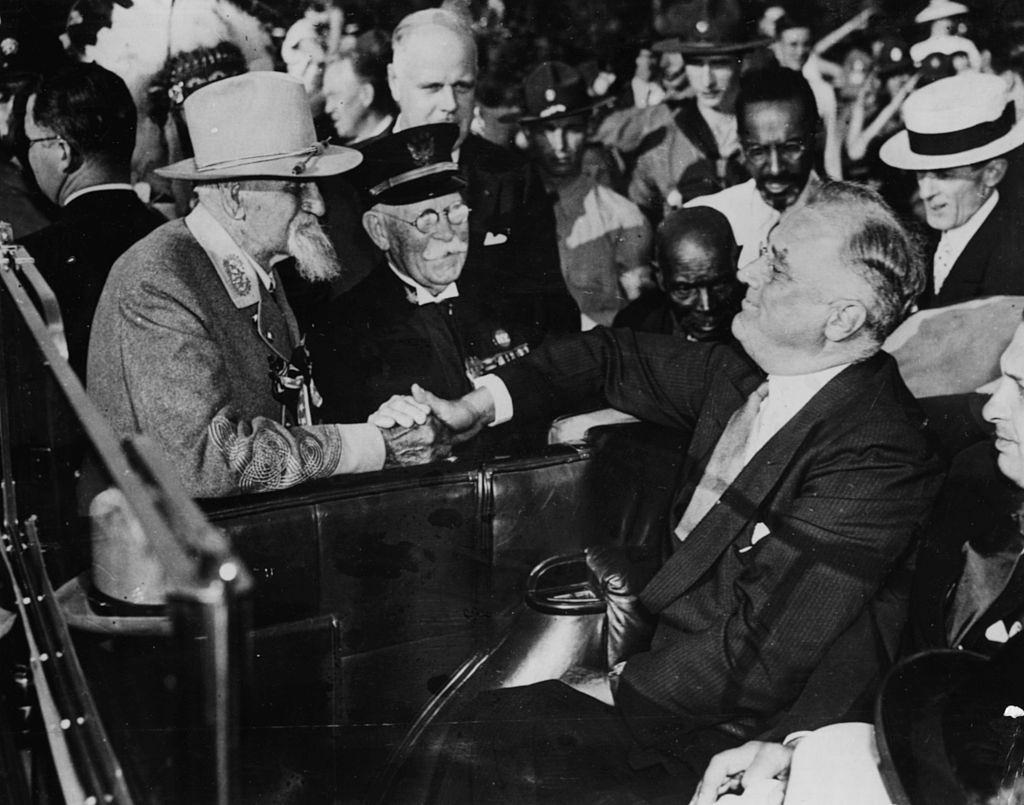
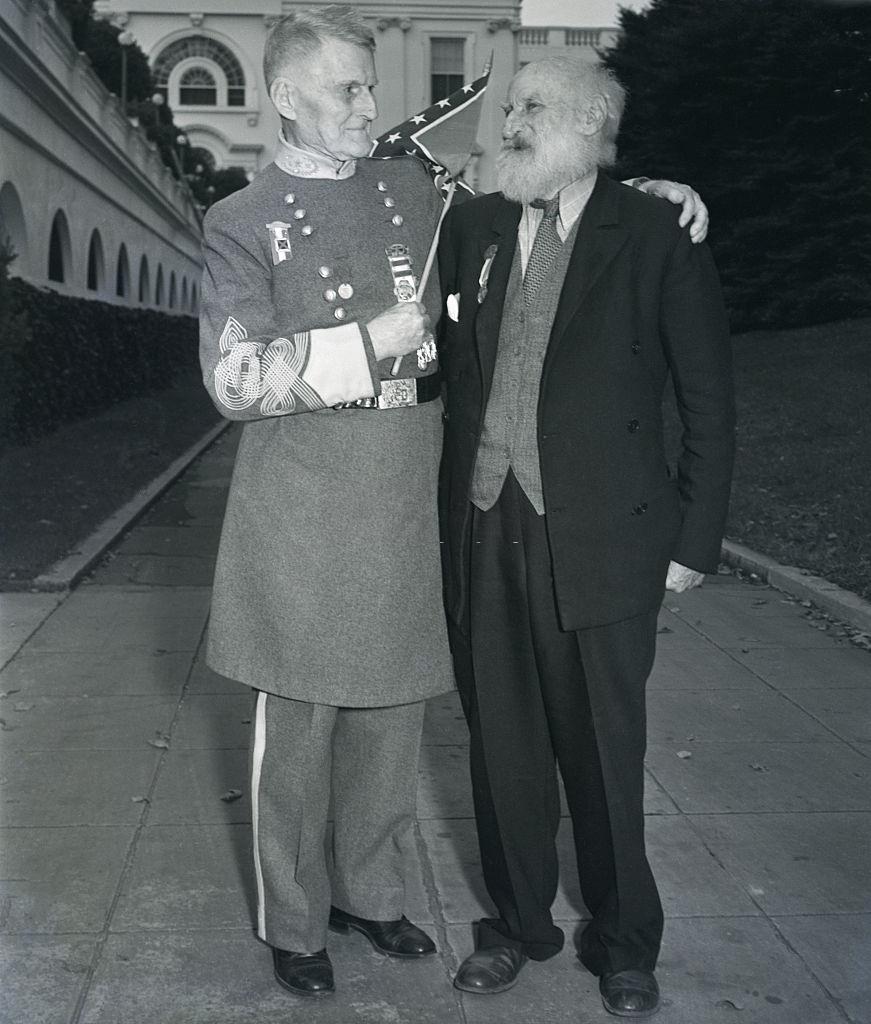
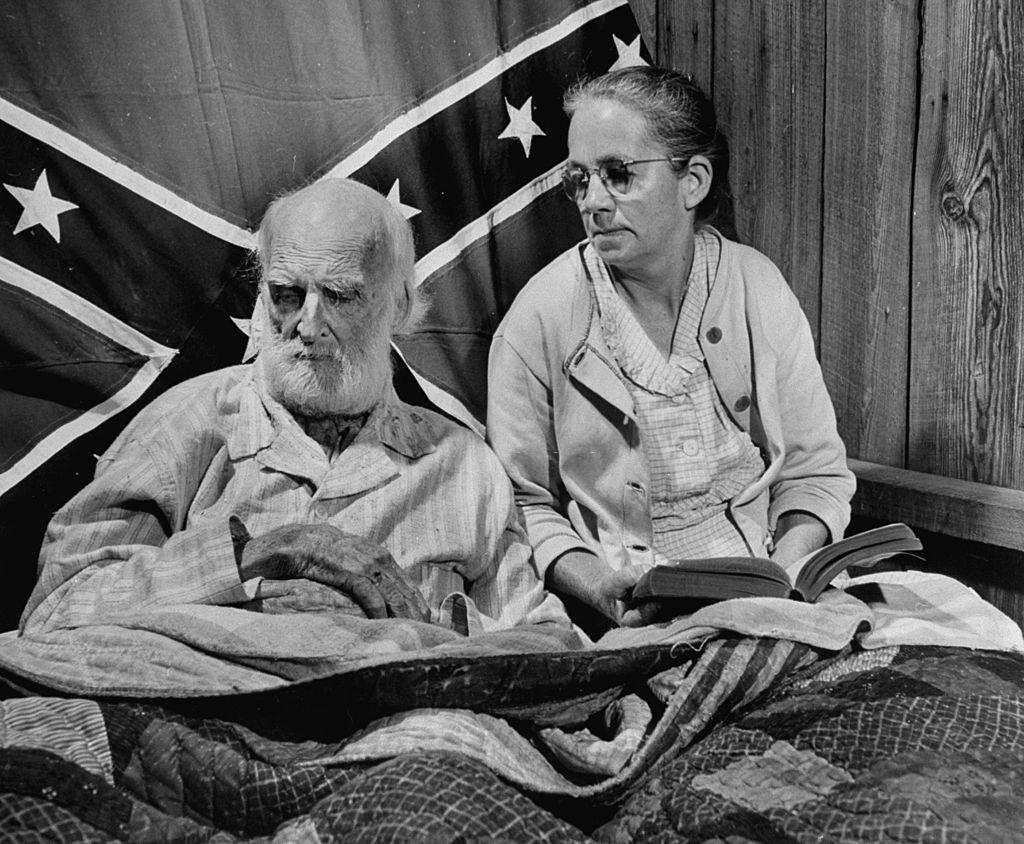
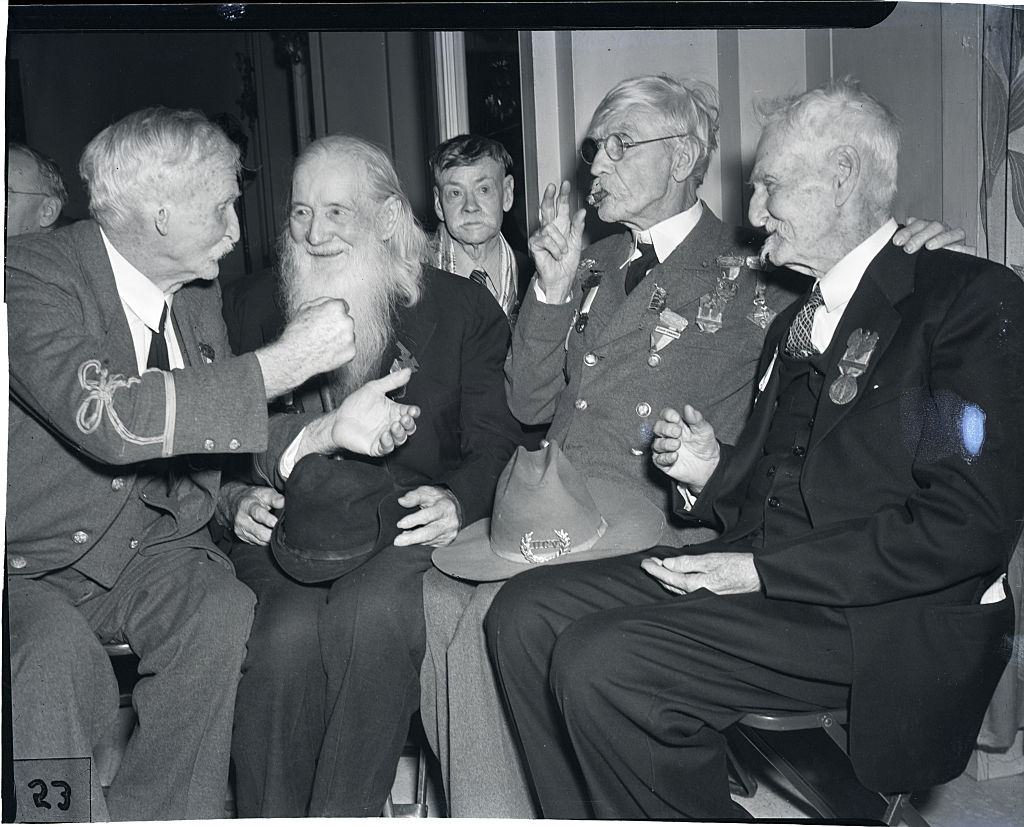

I’m really interested in any info about what happened to these men after the war. Either side…